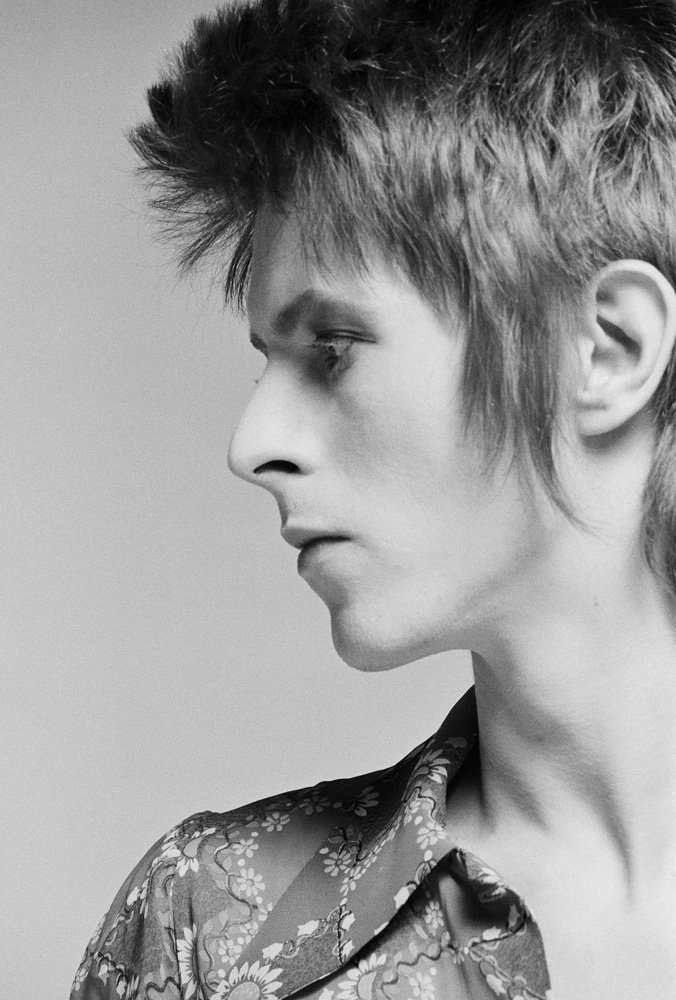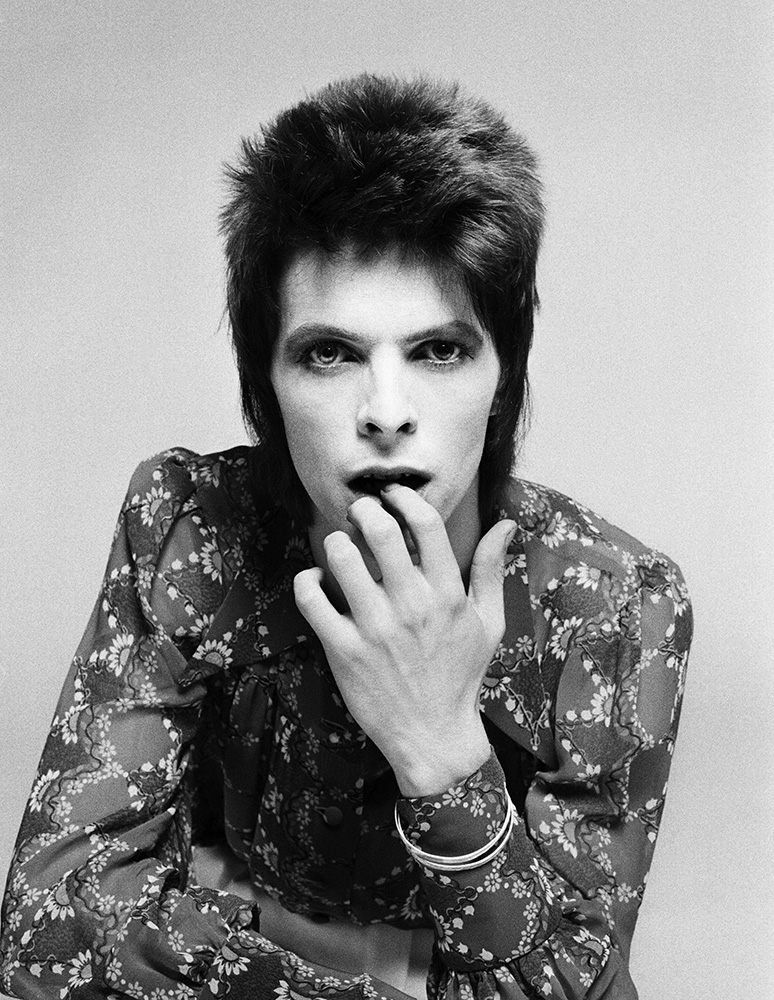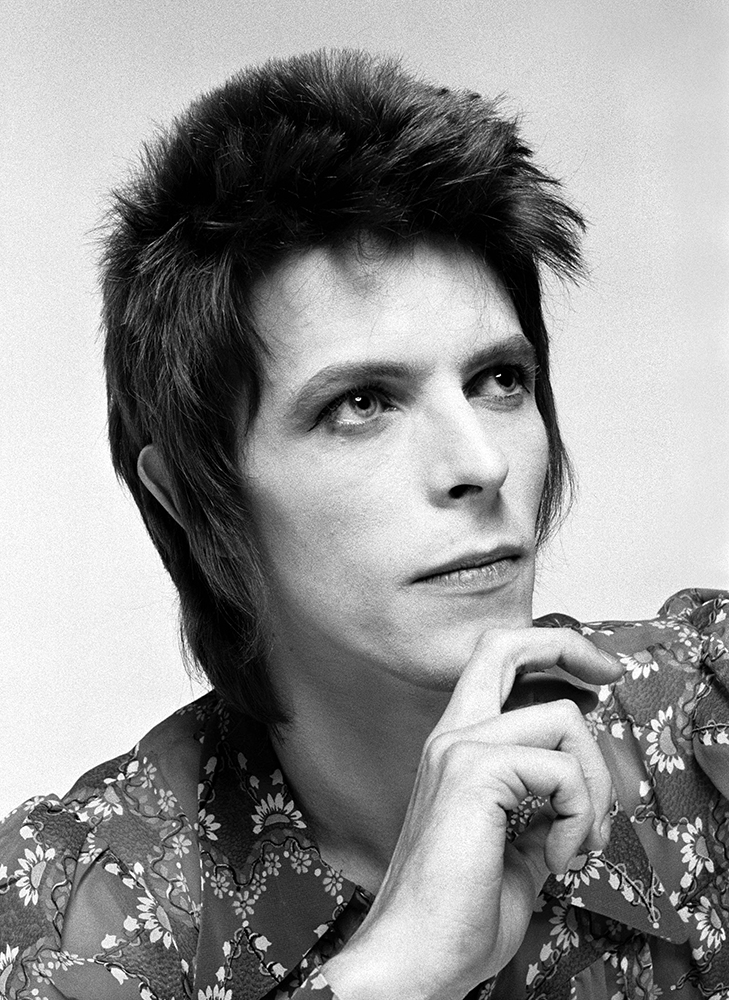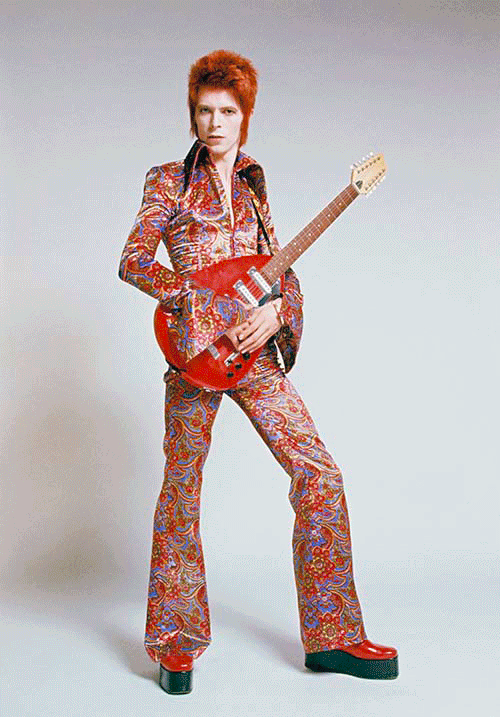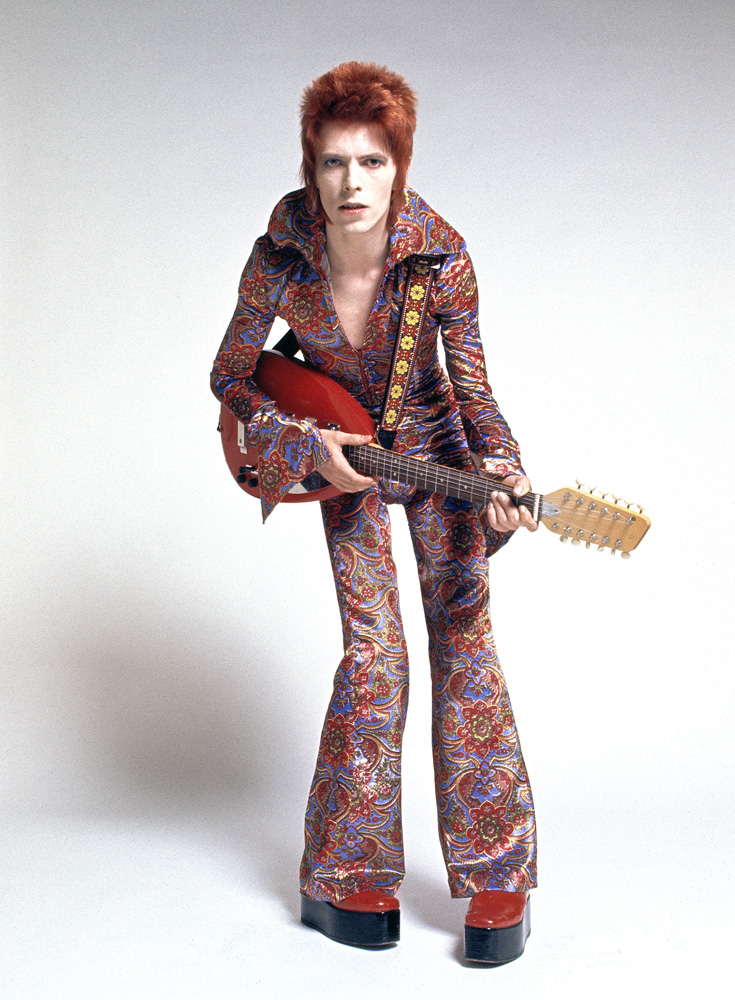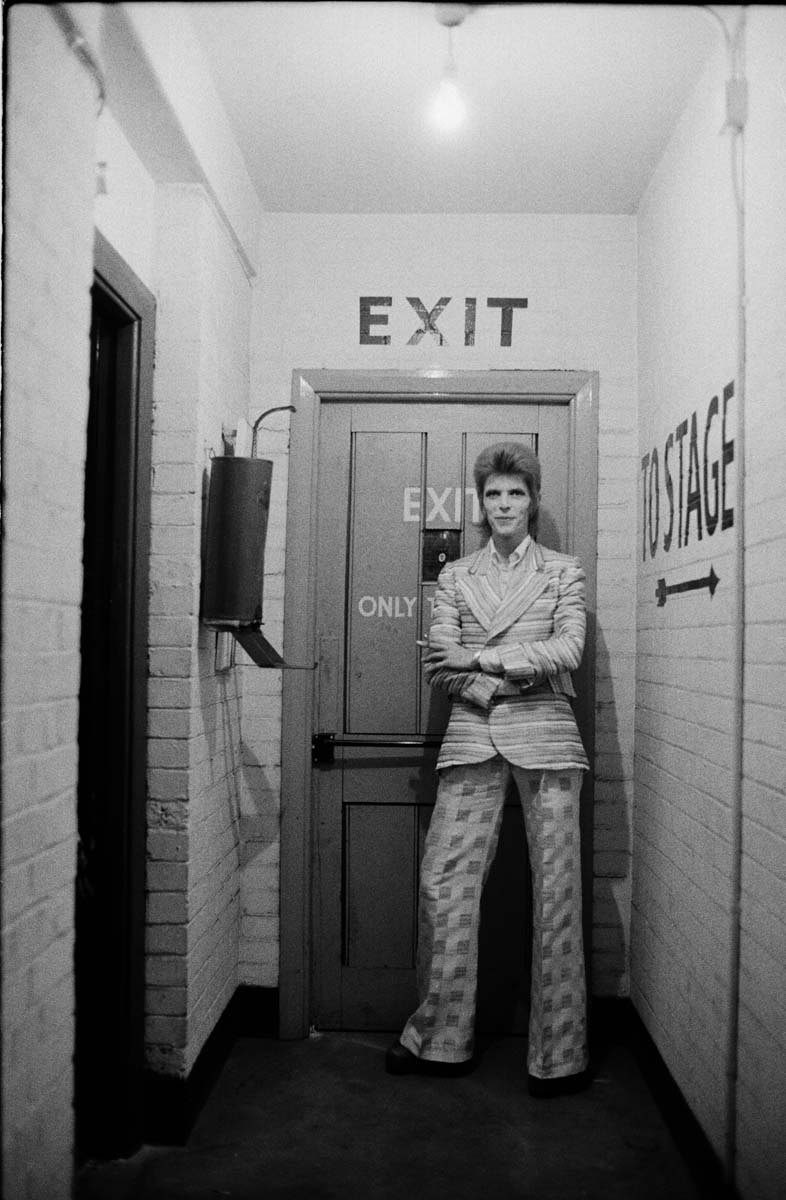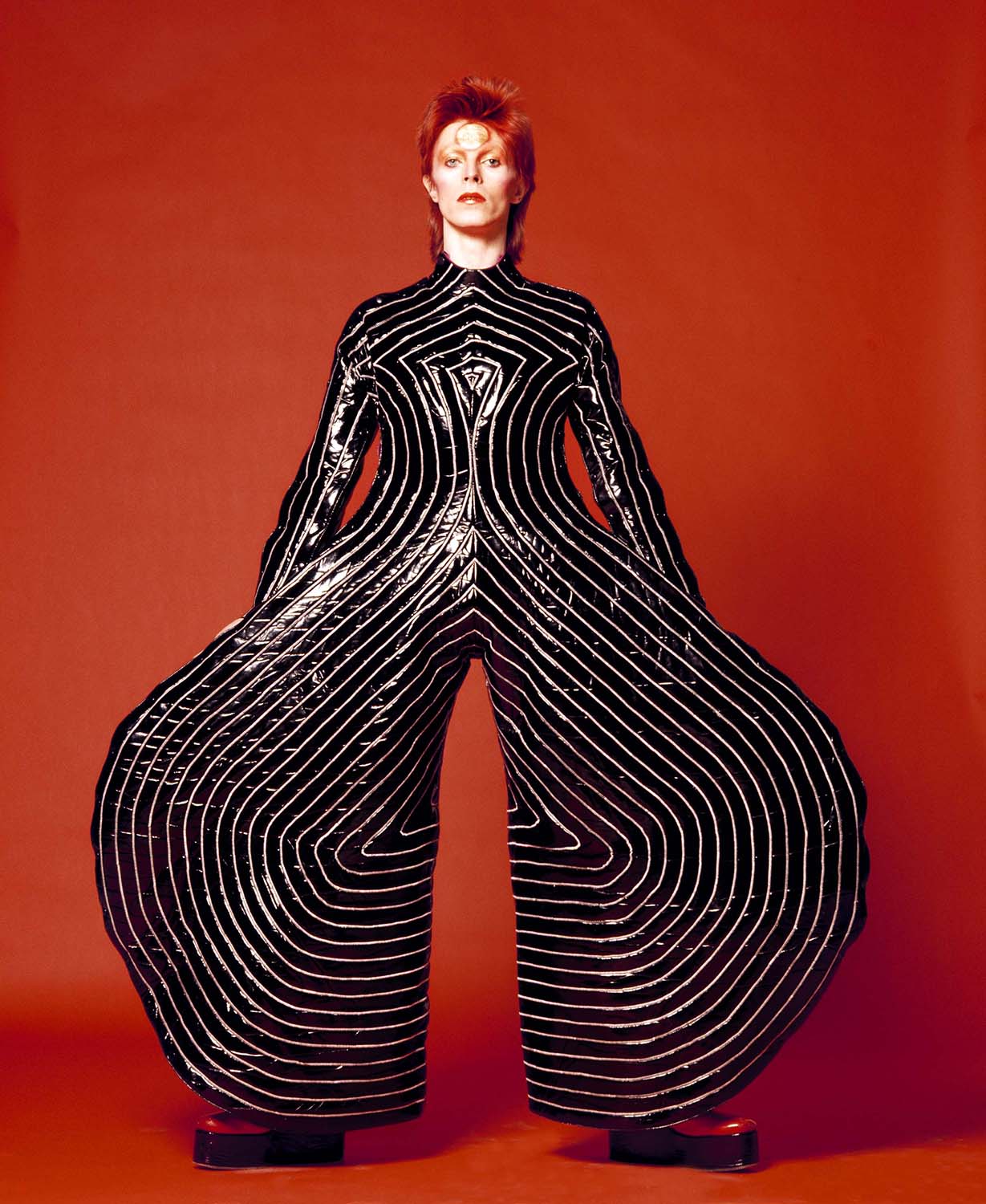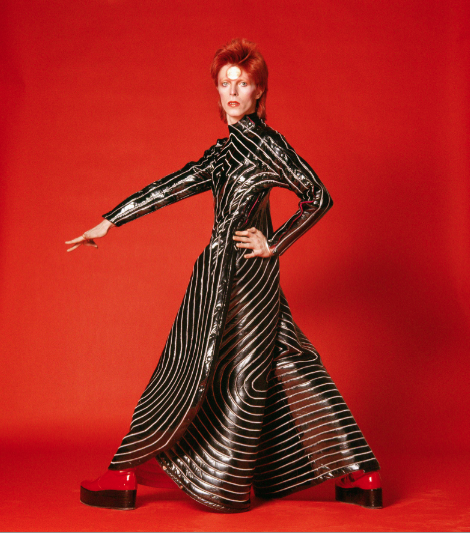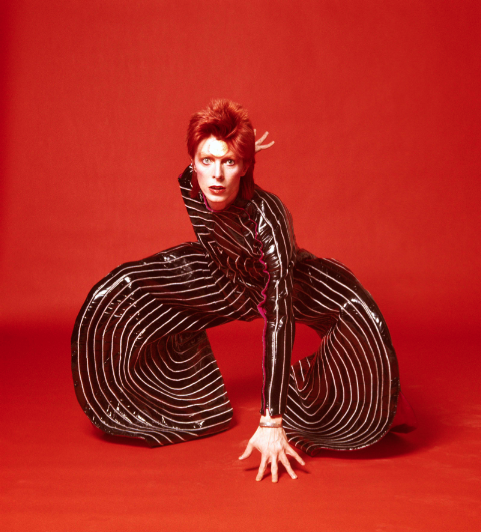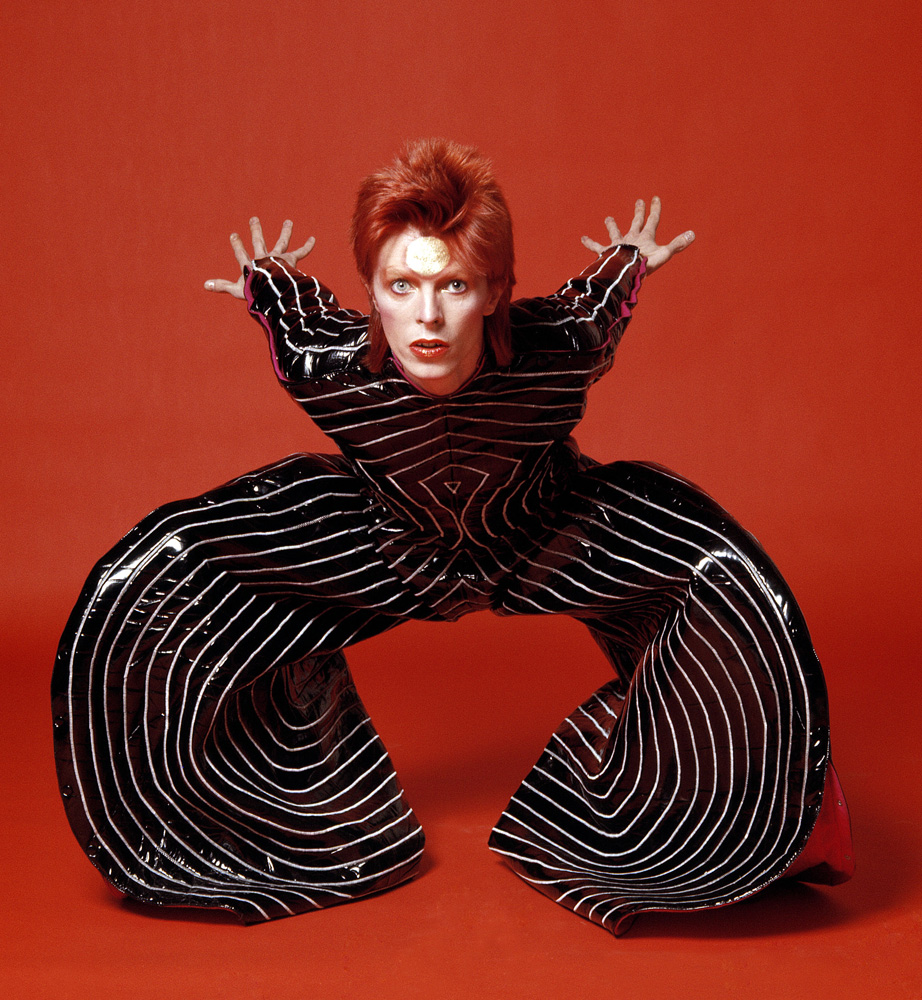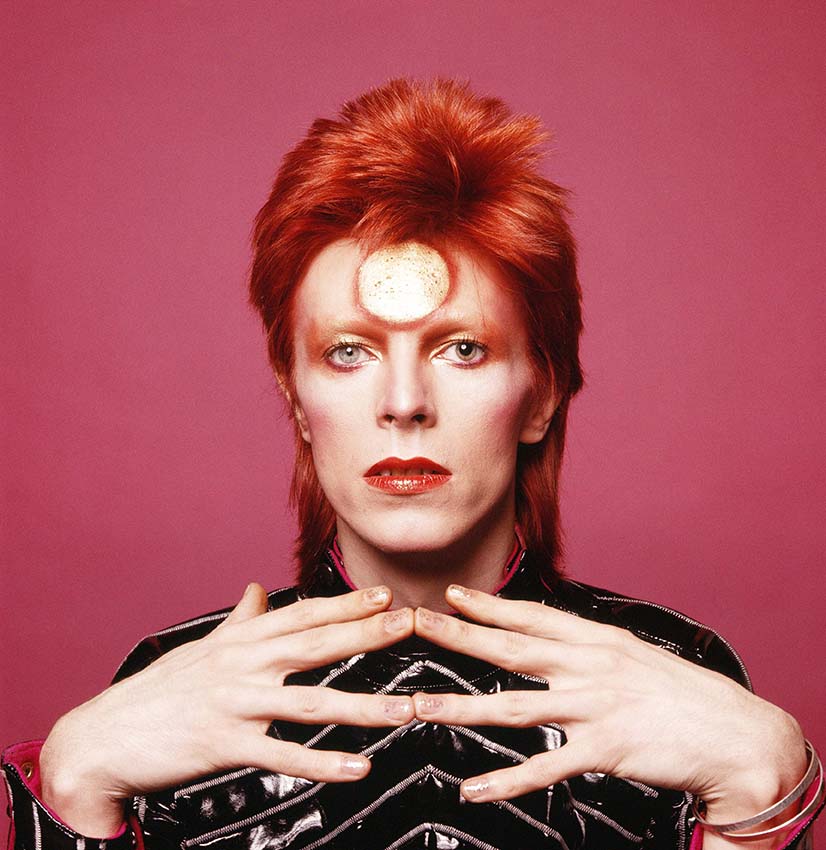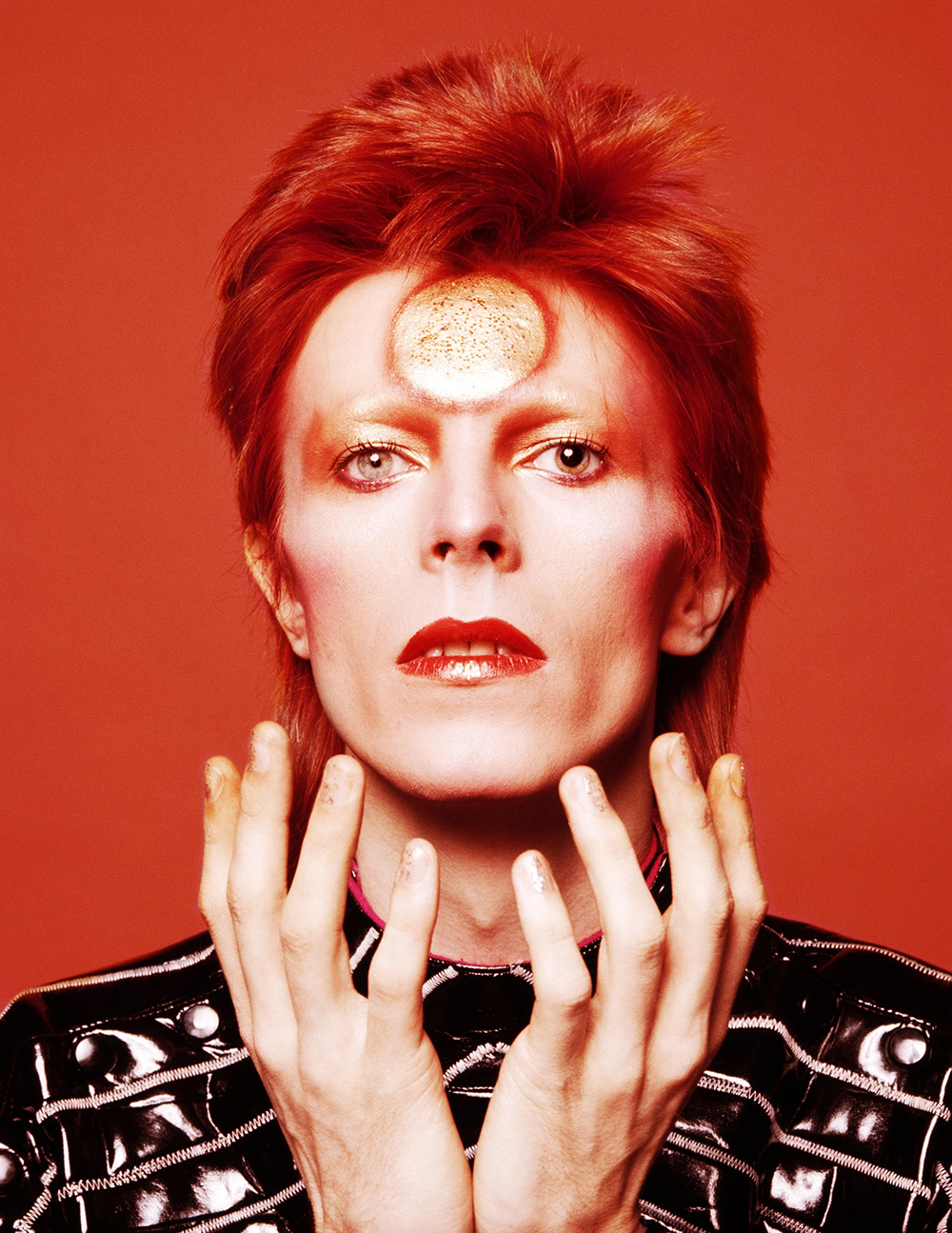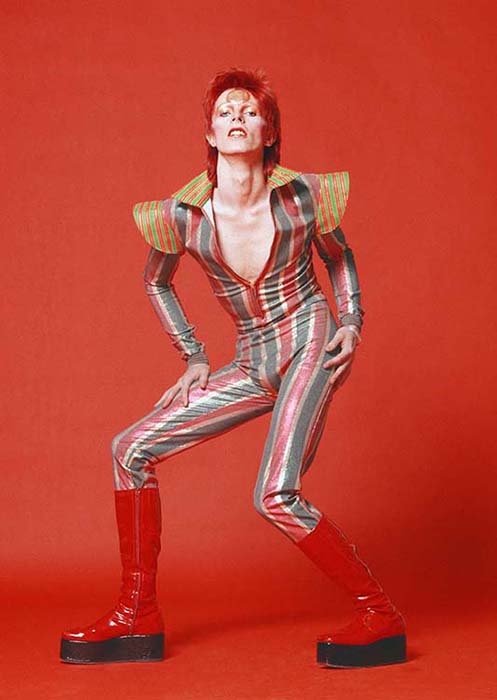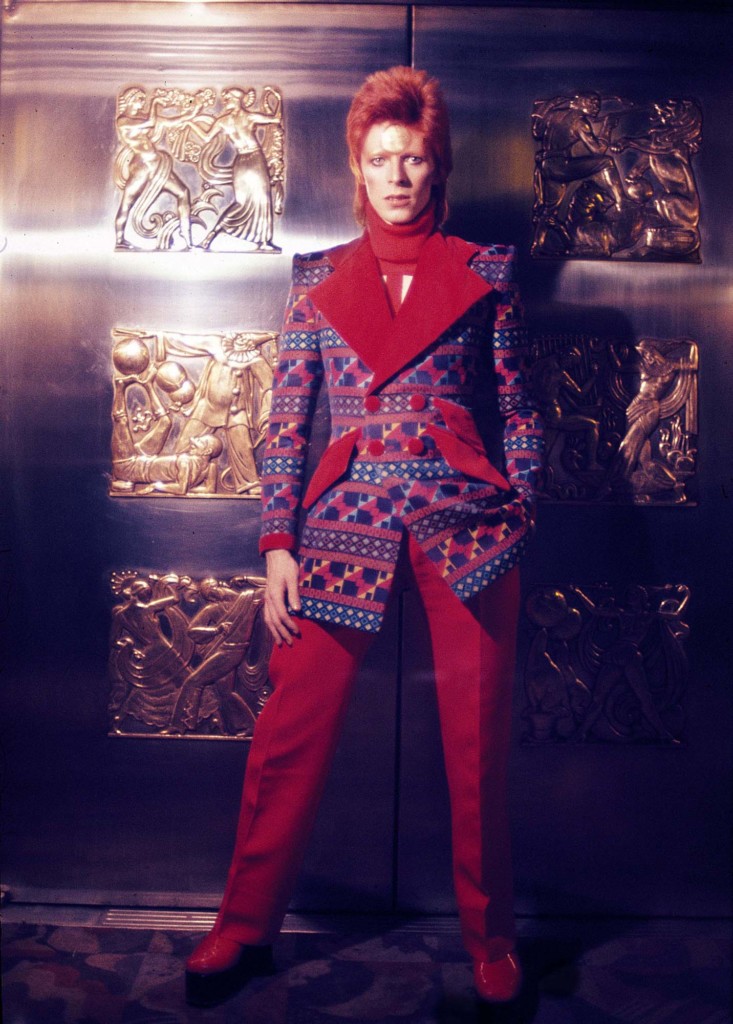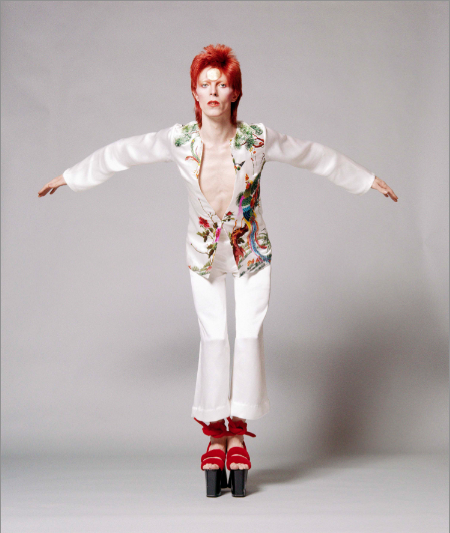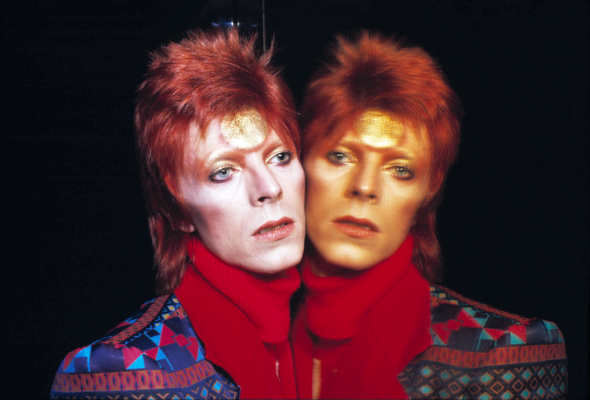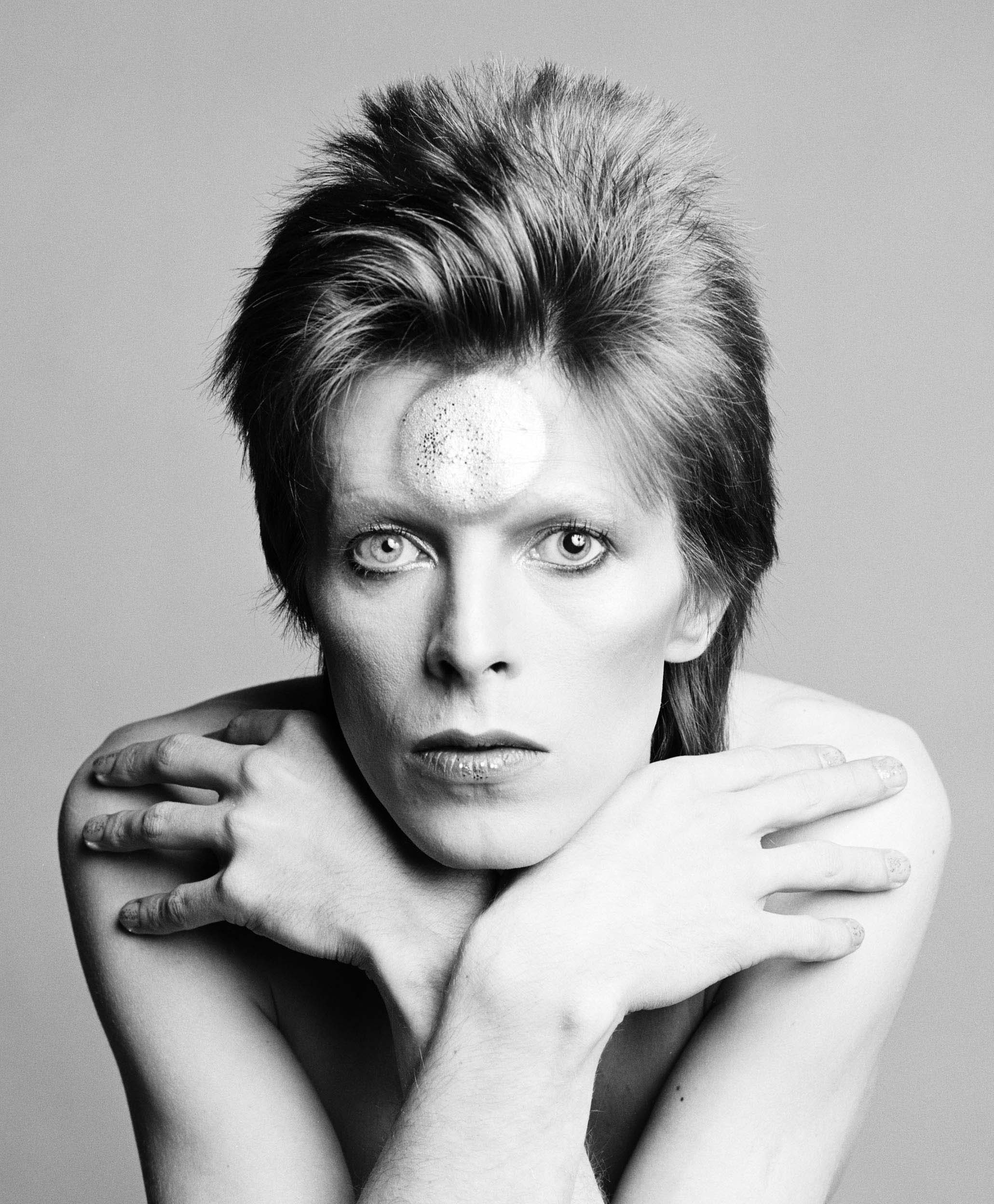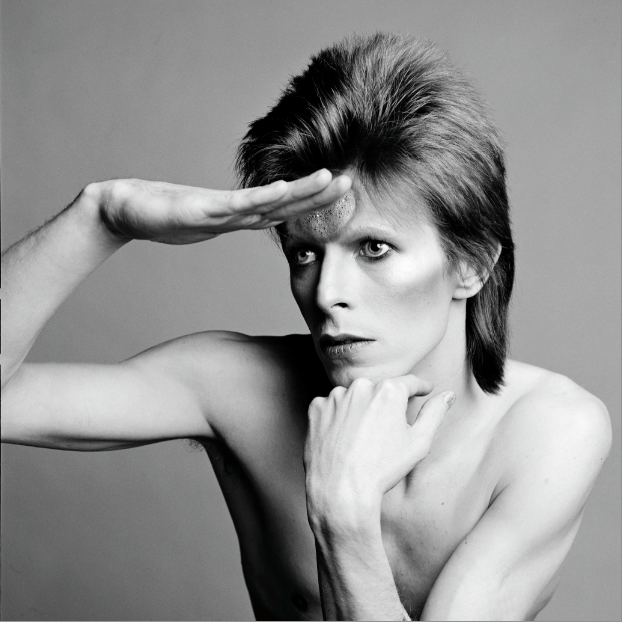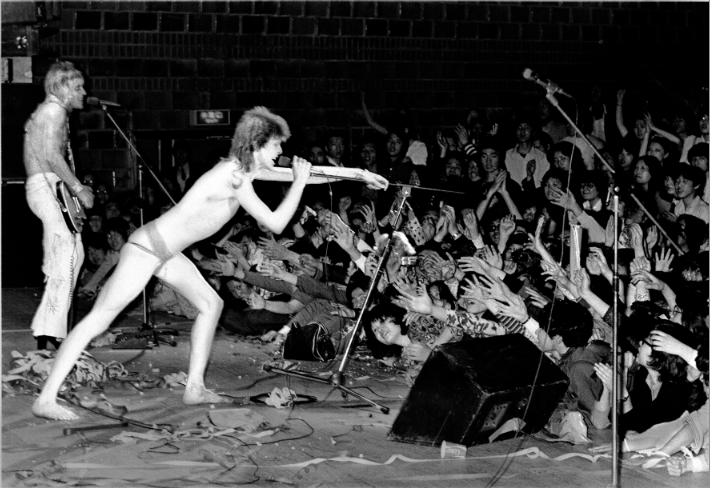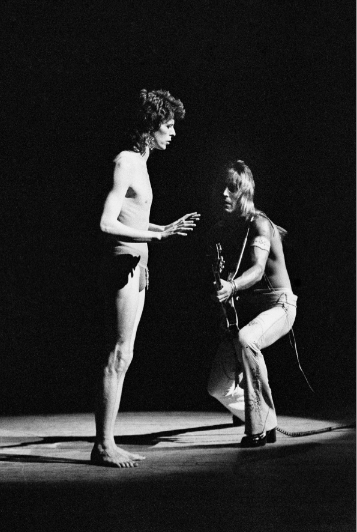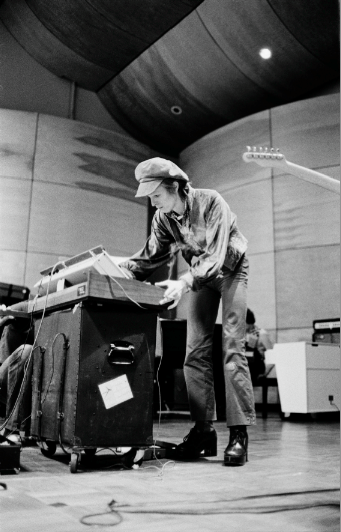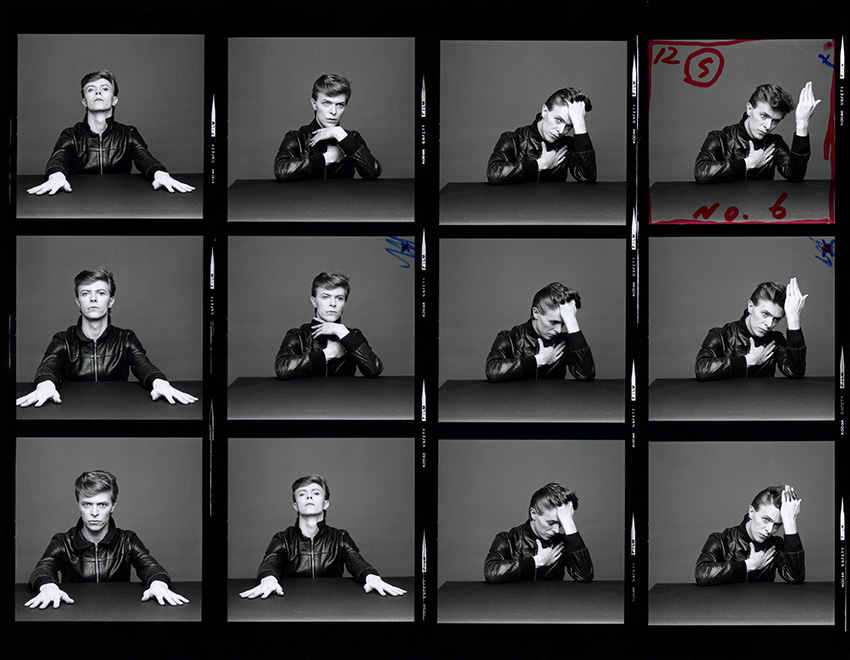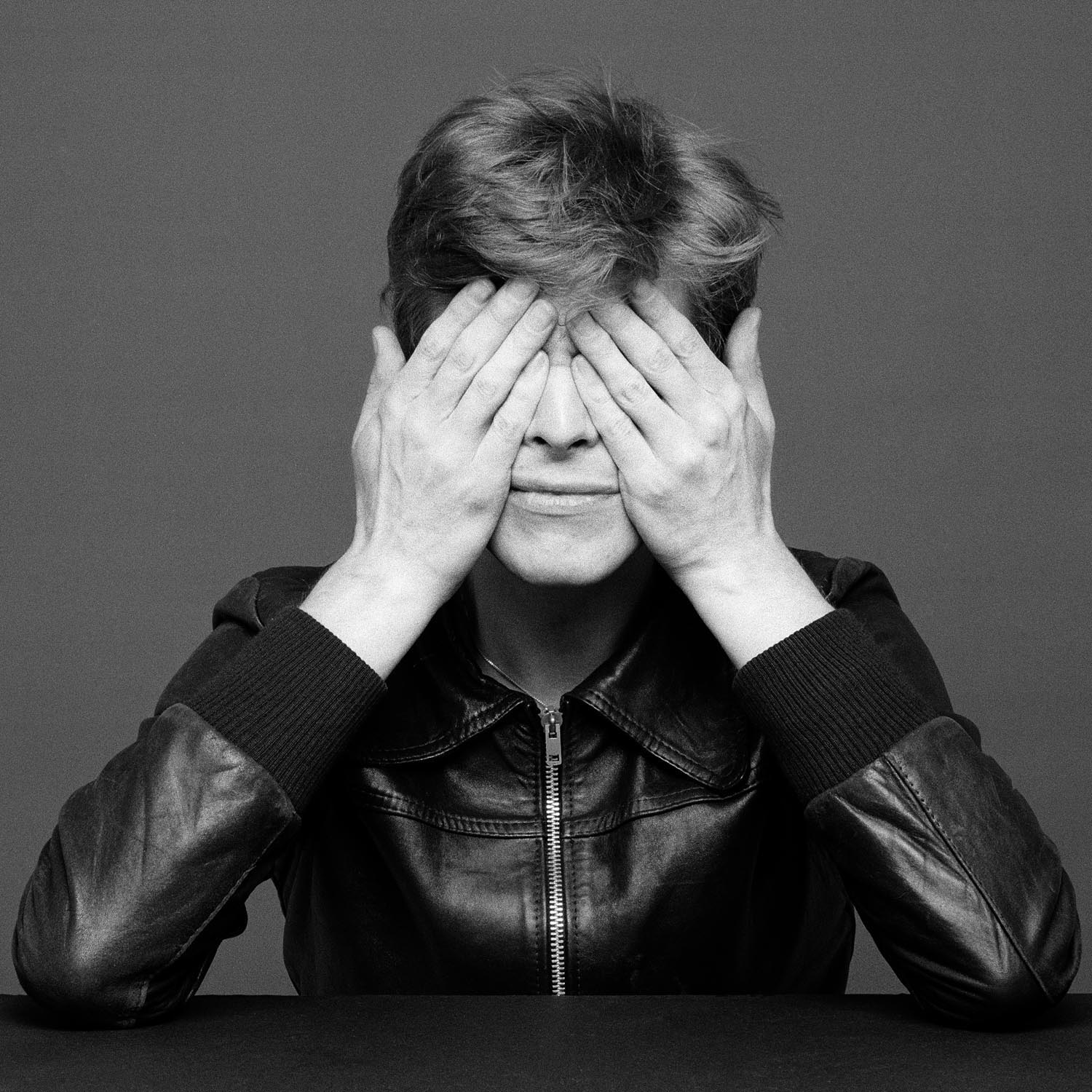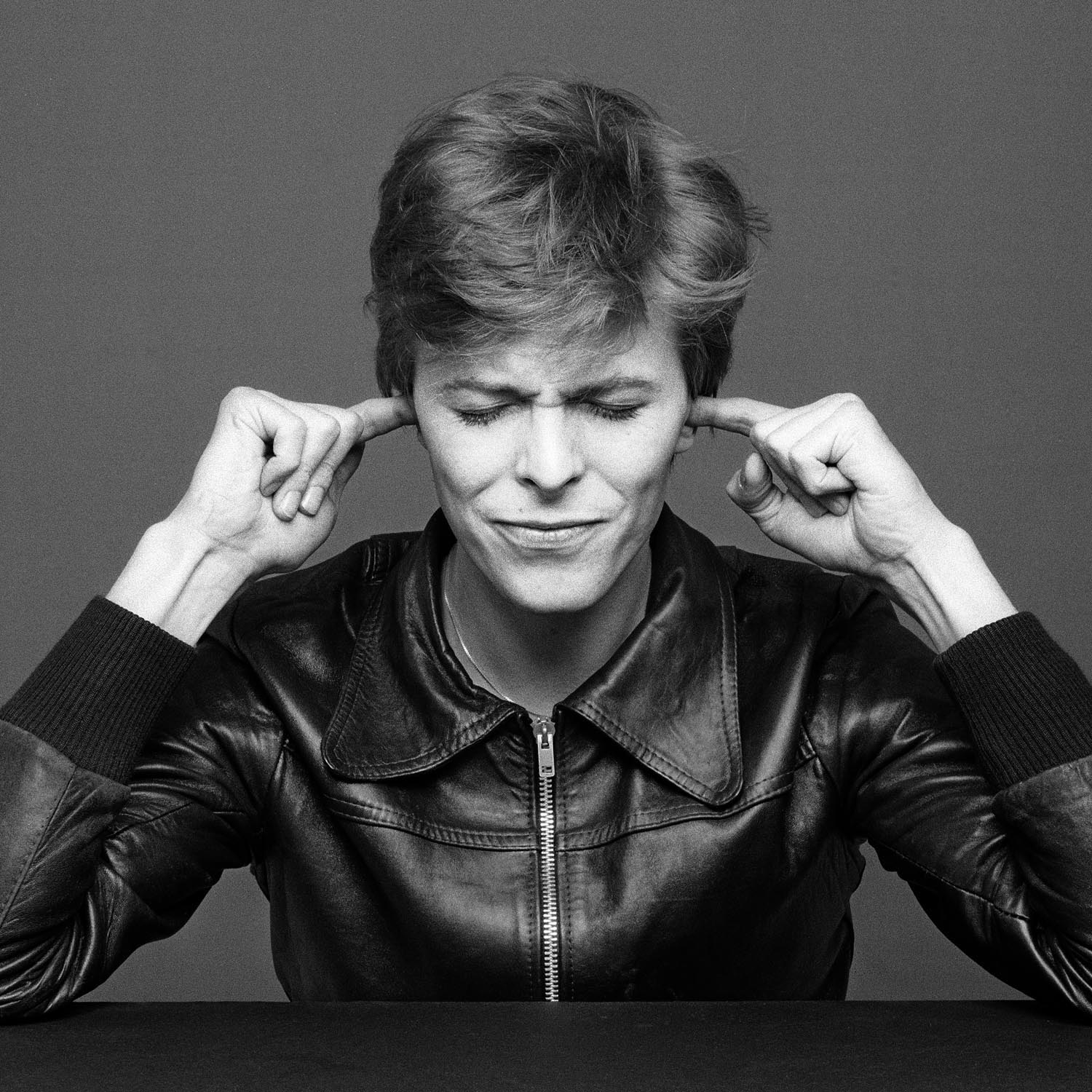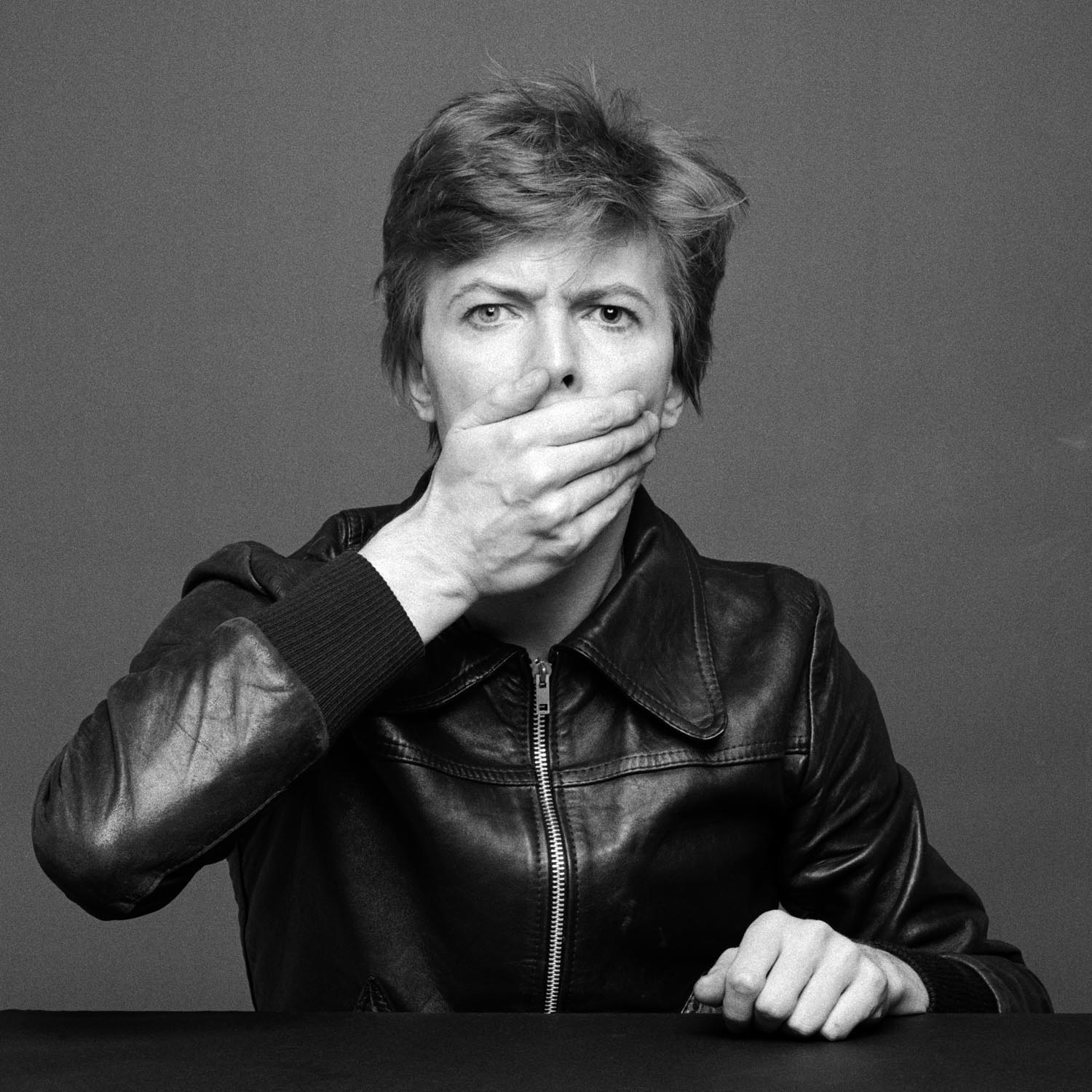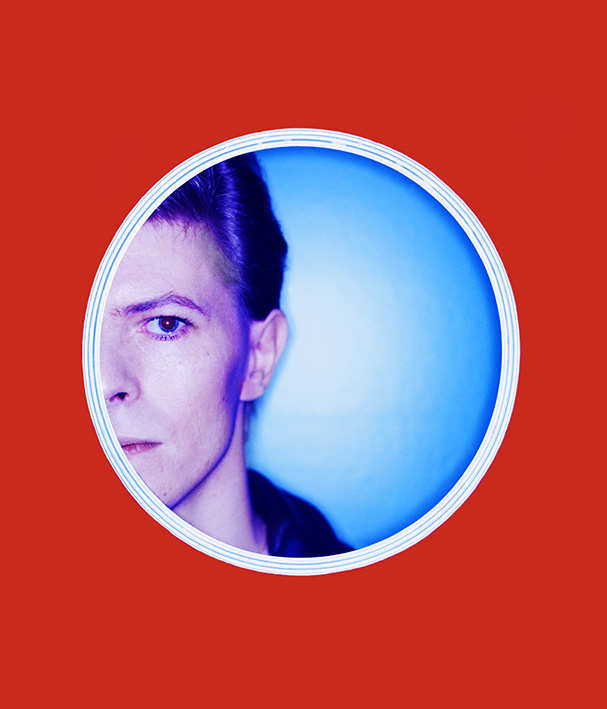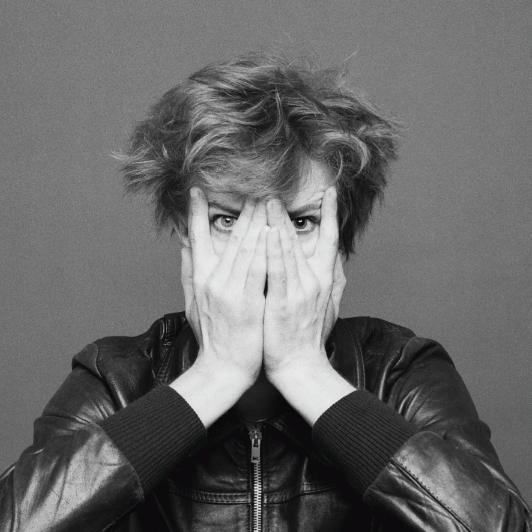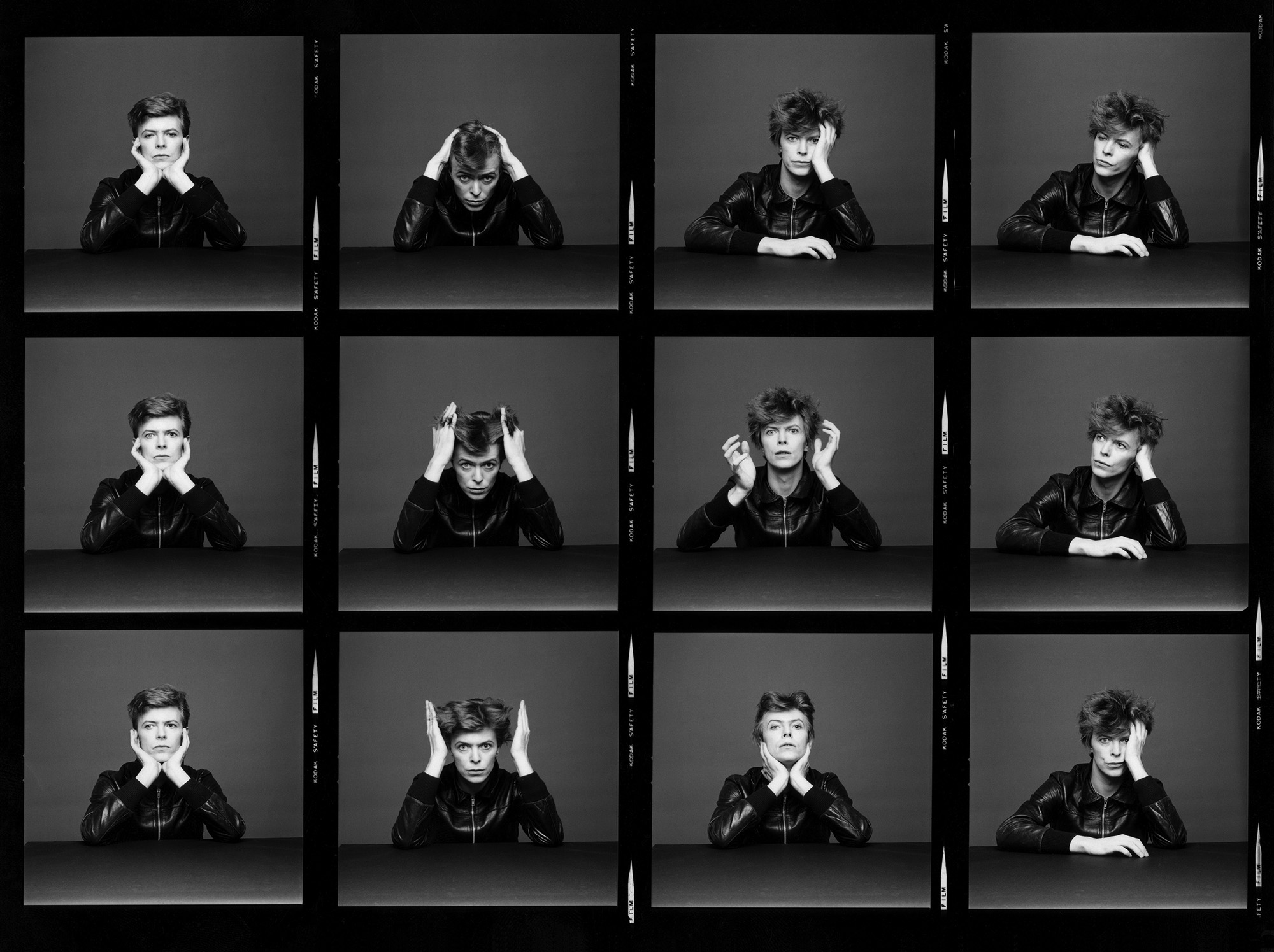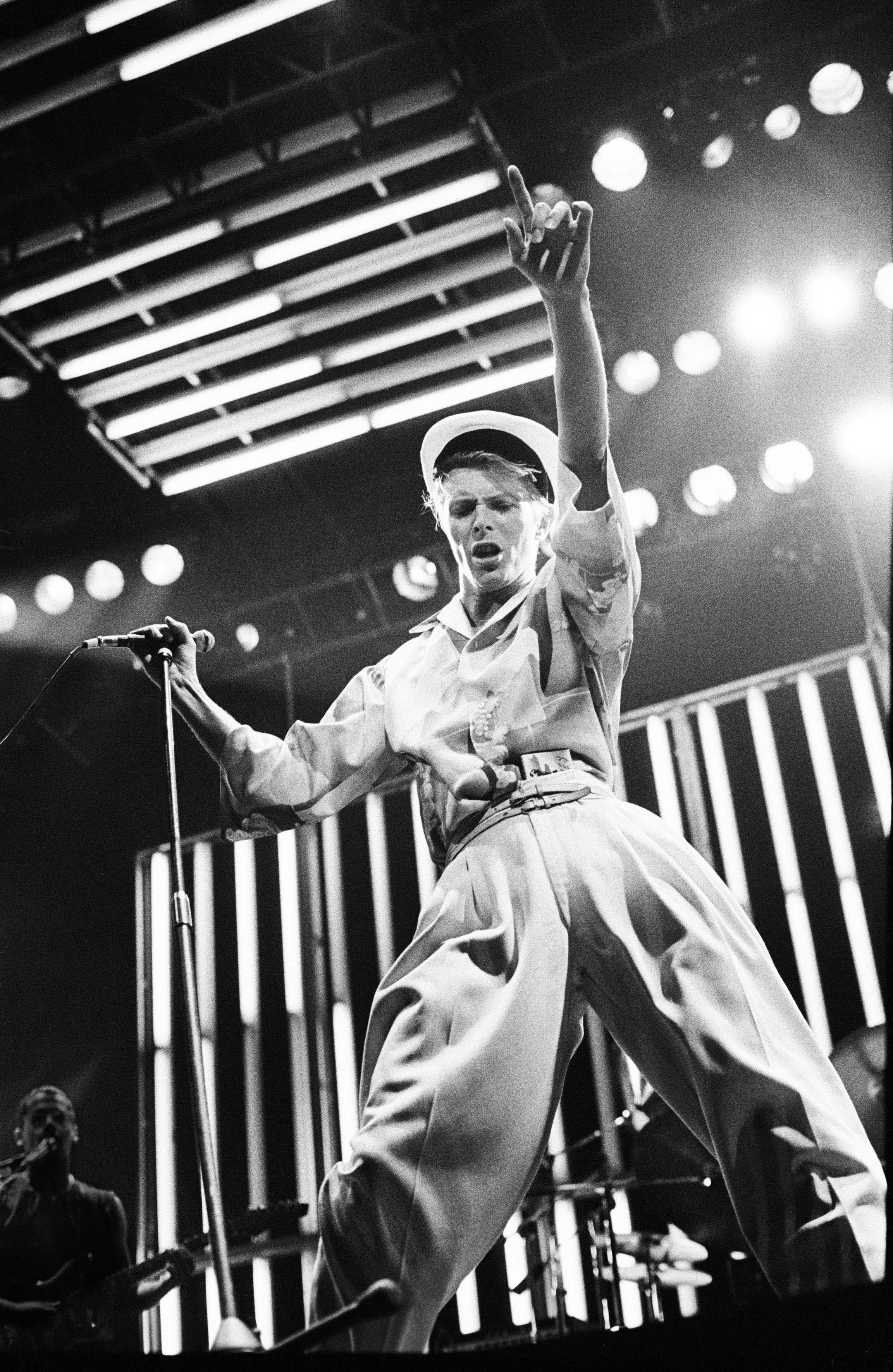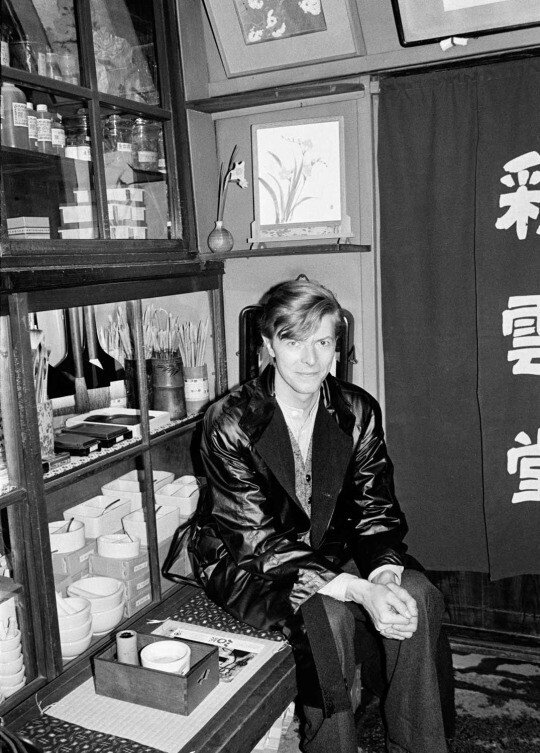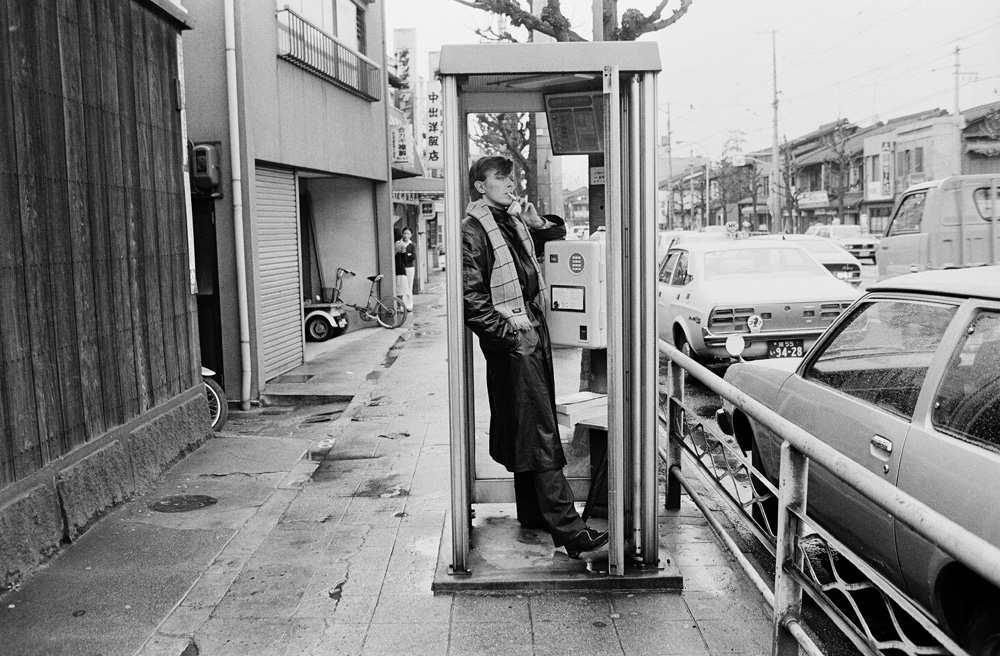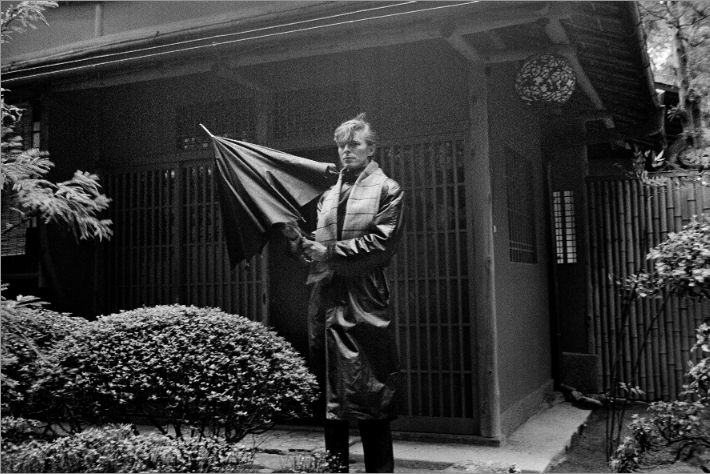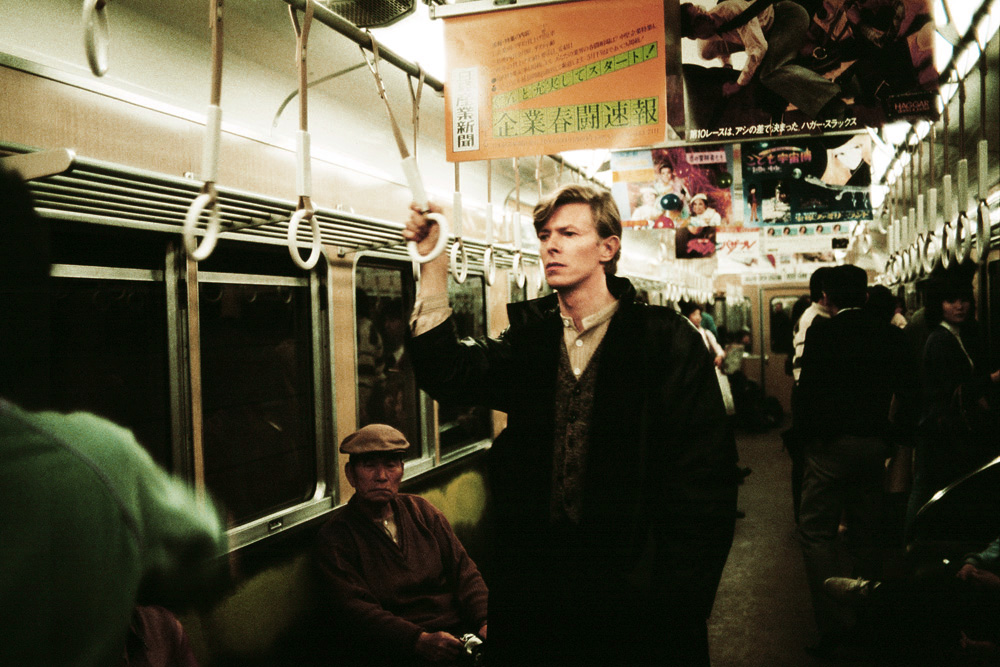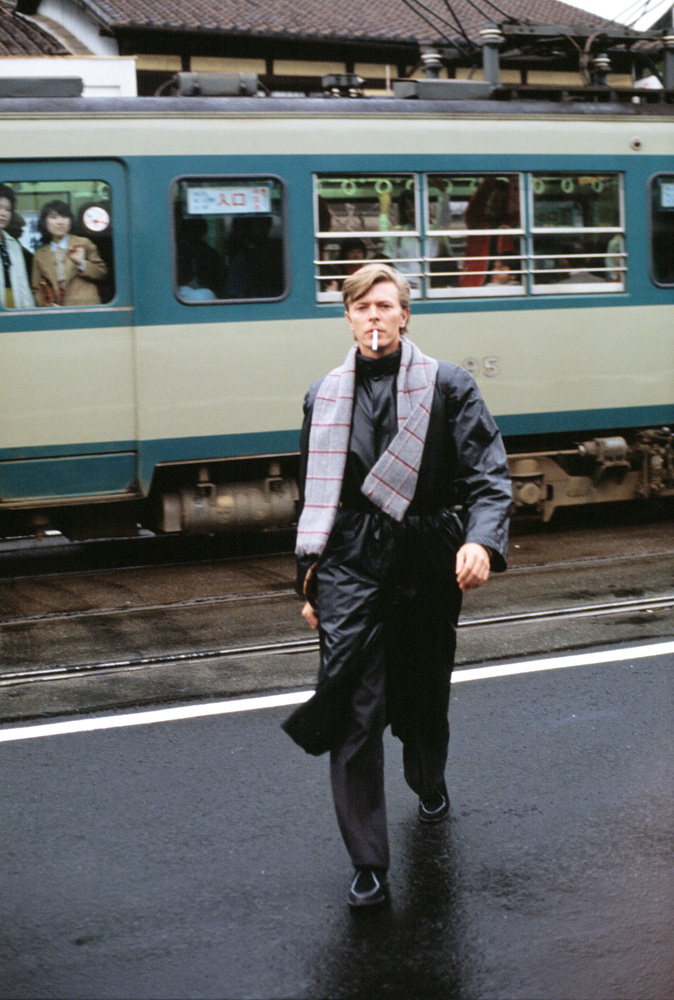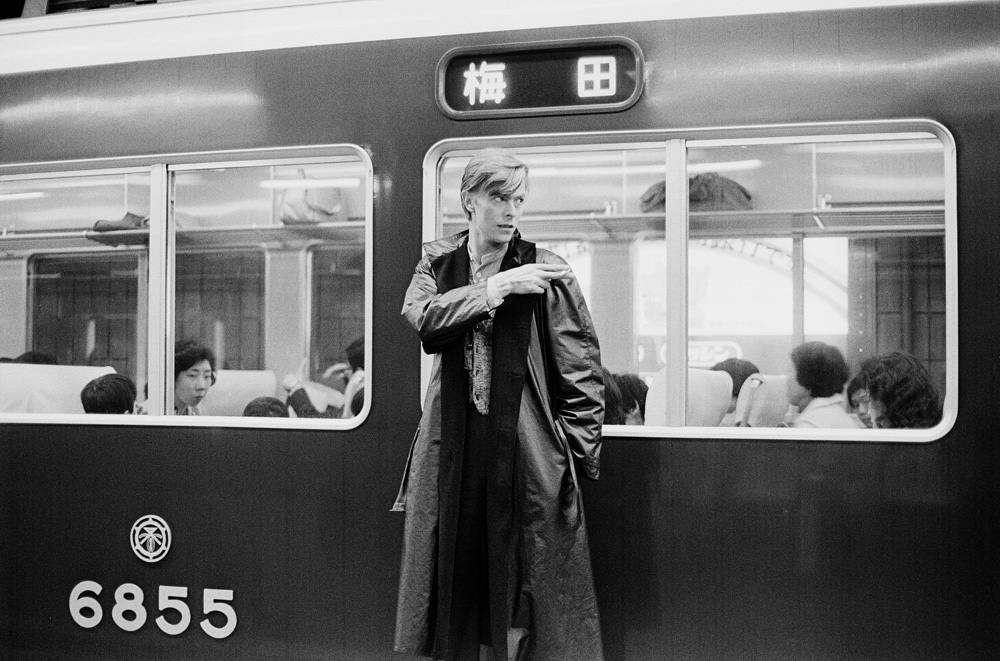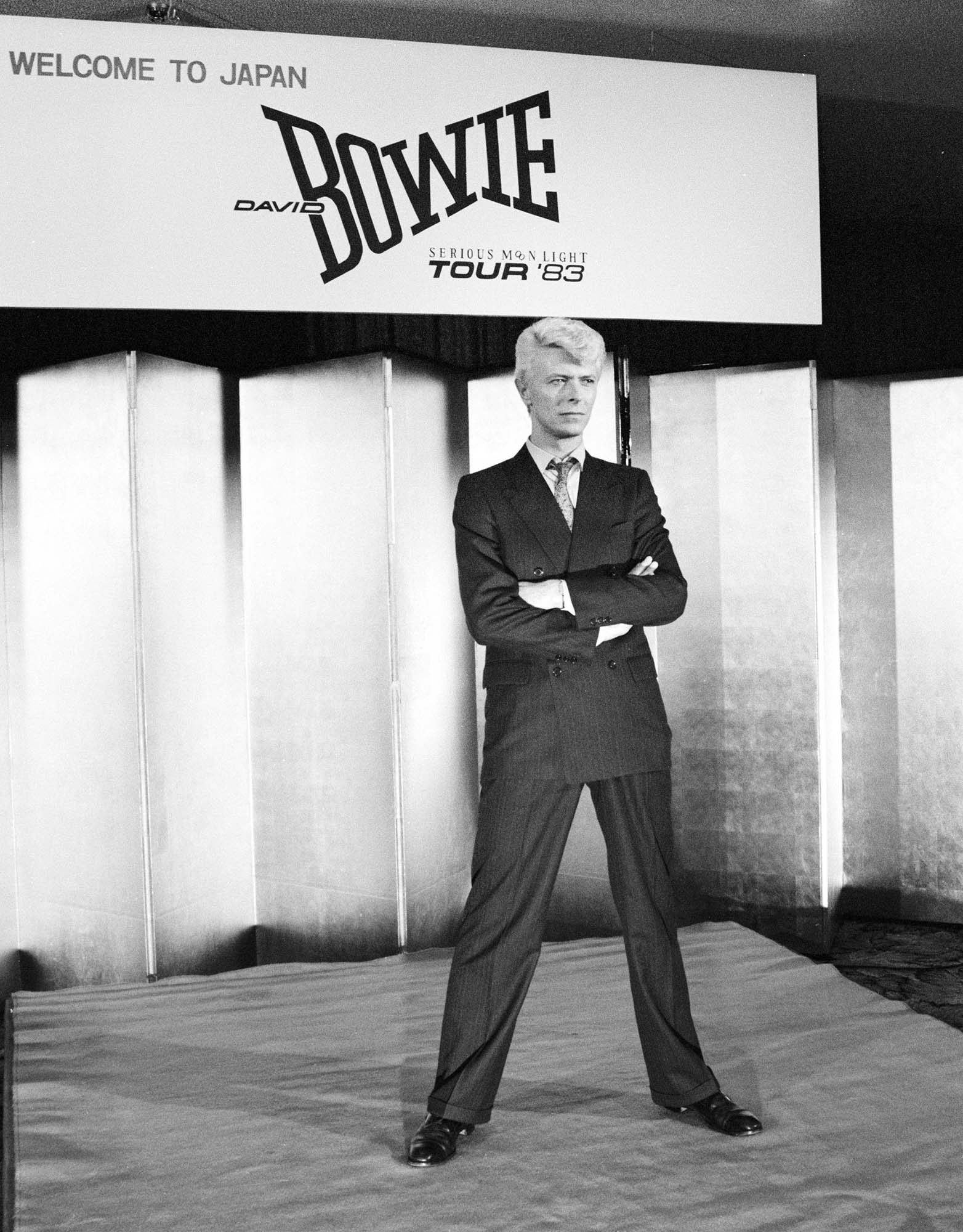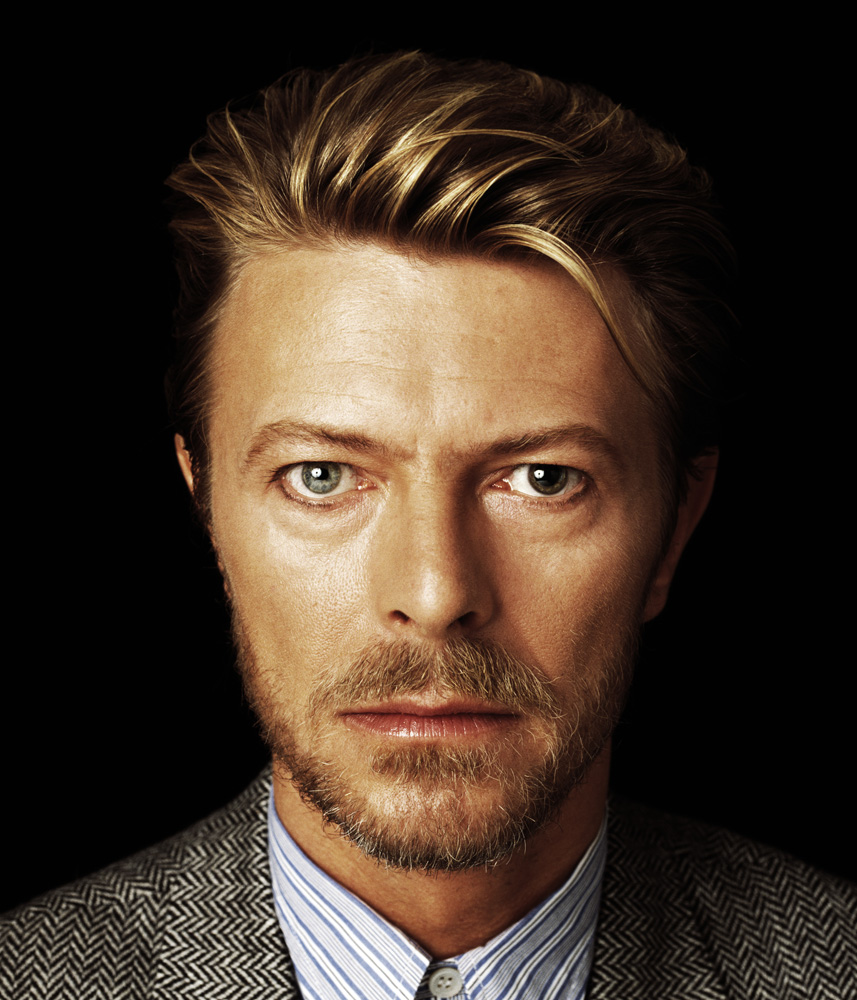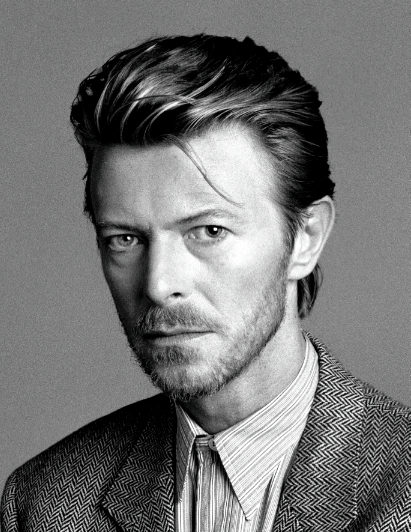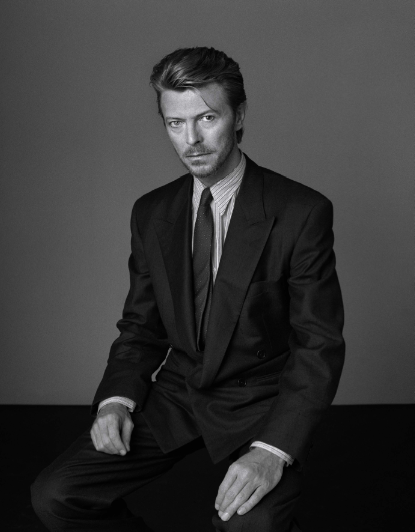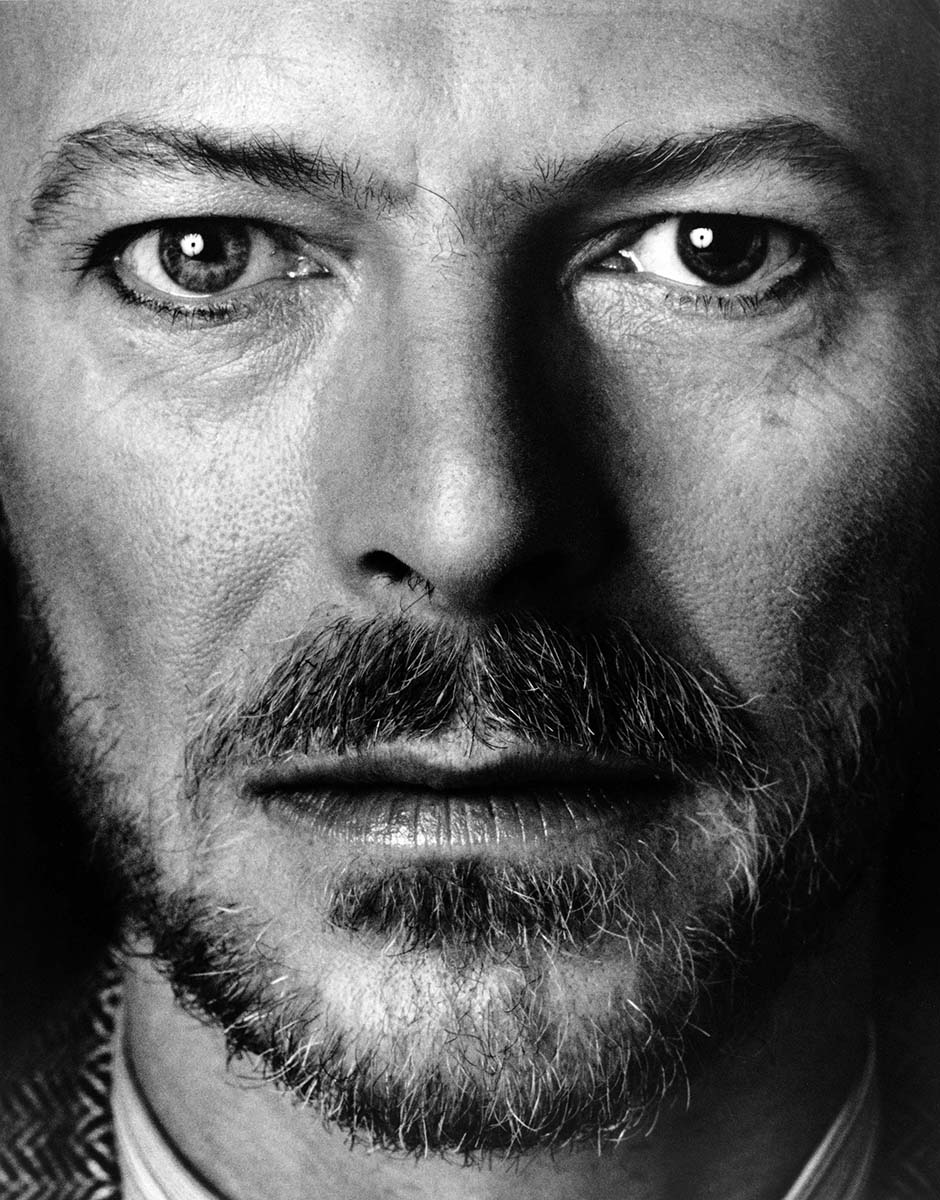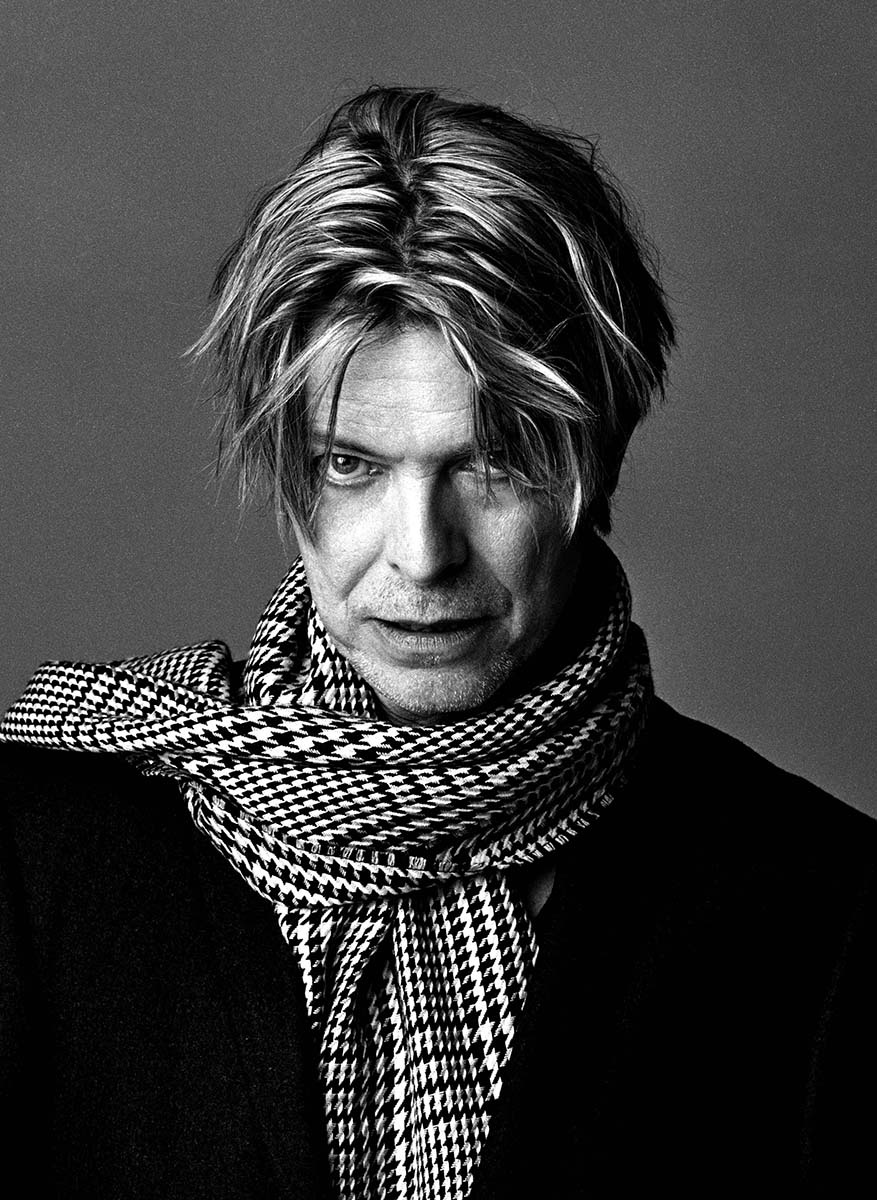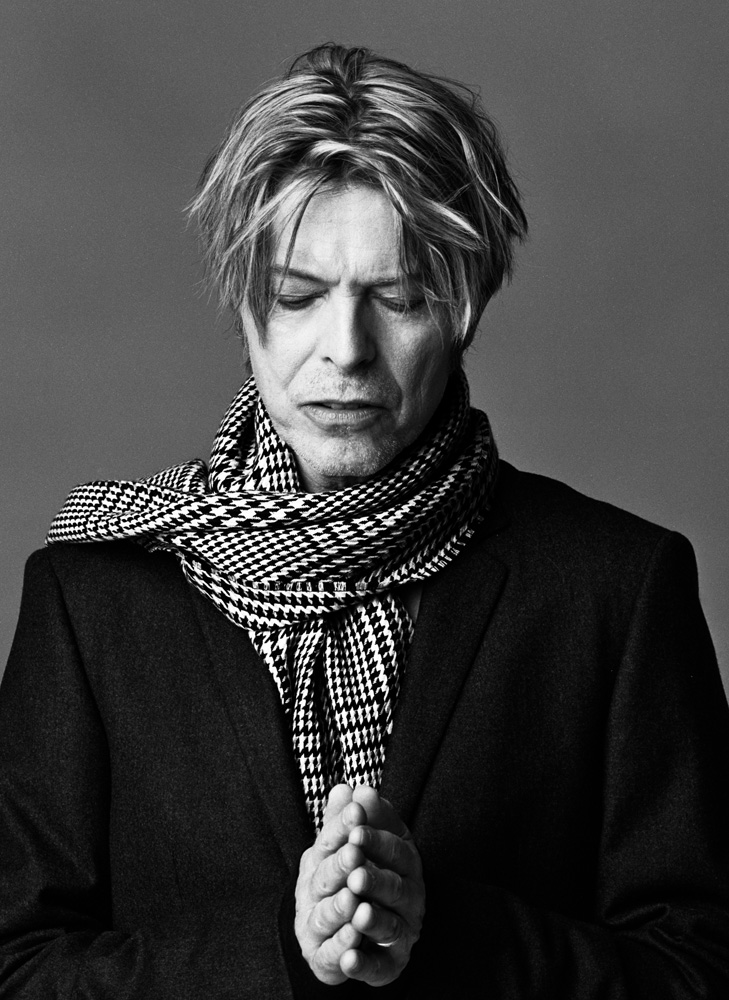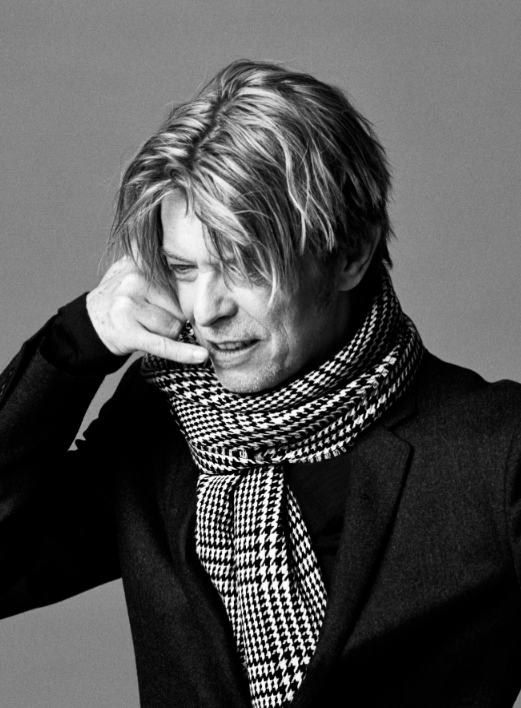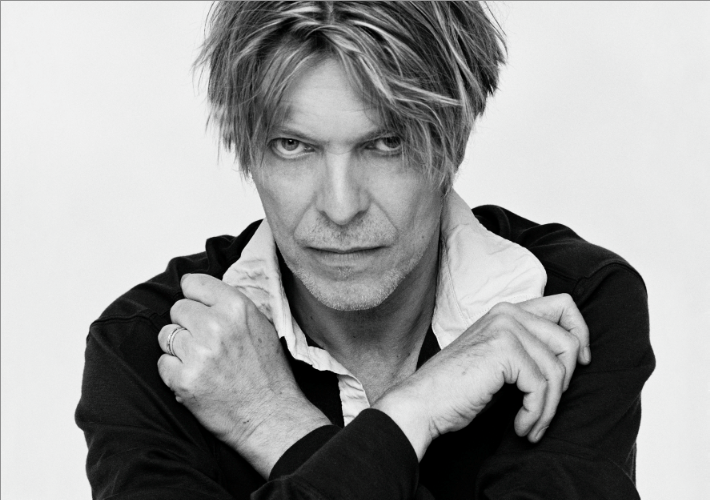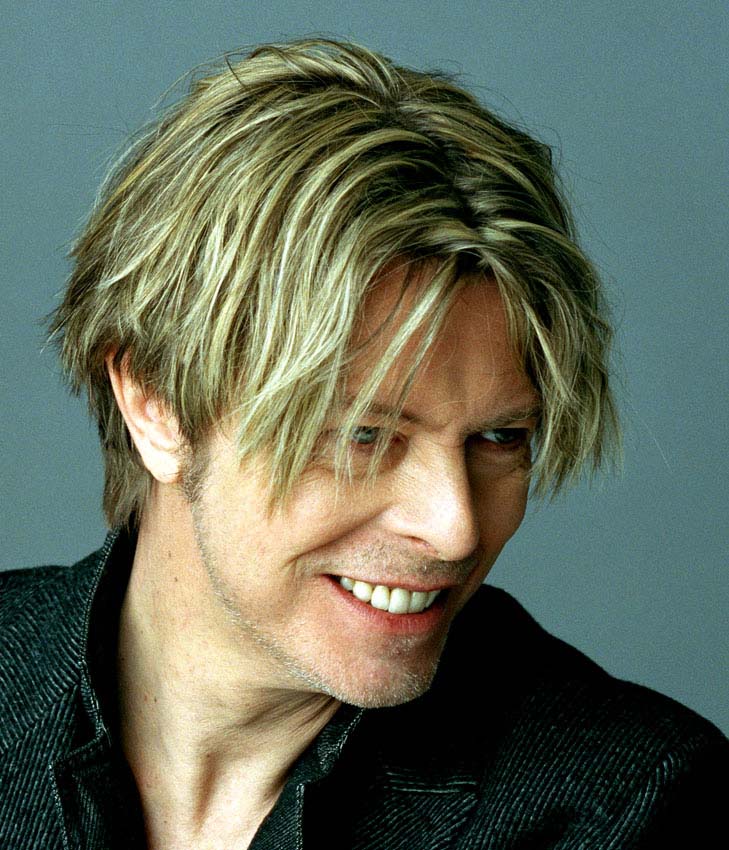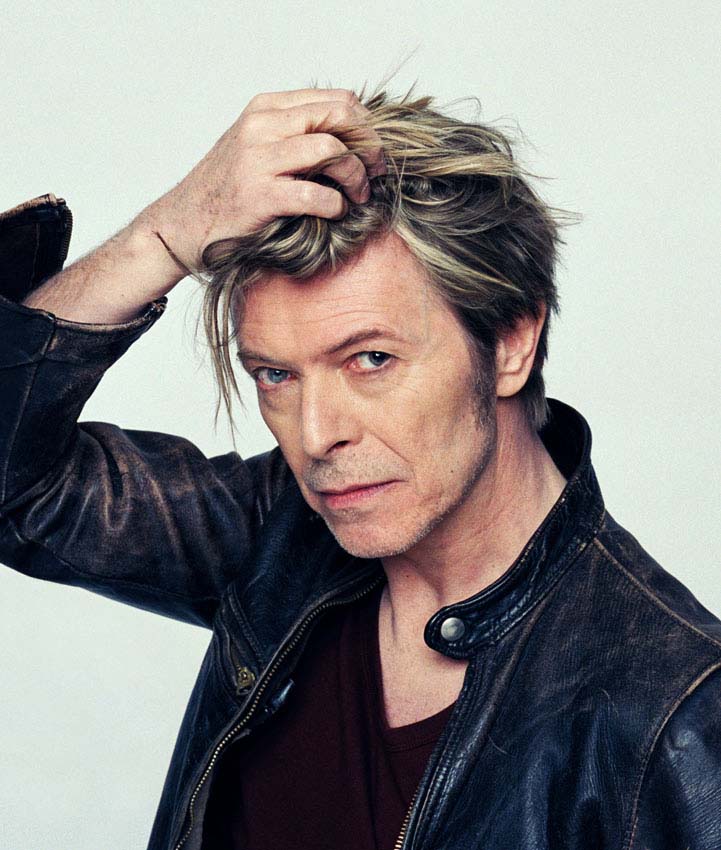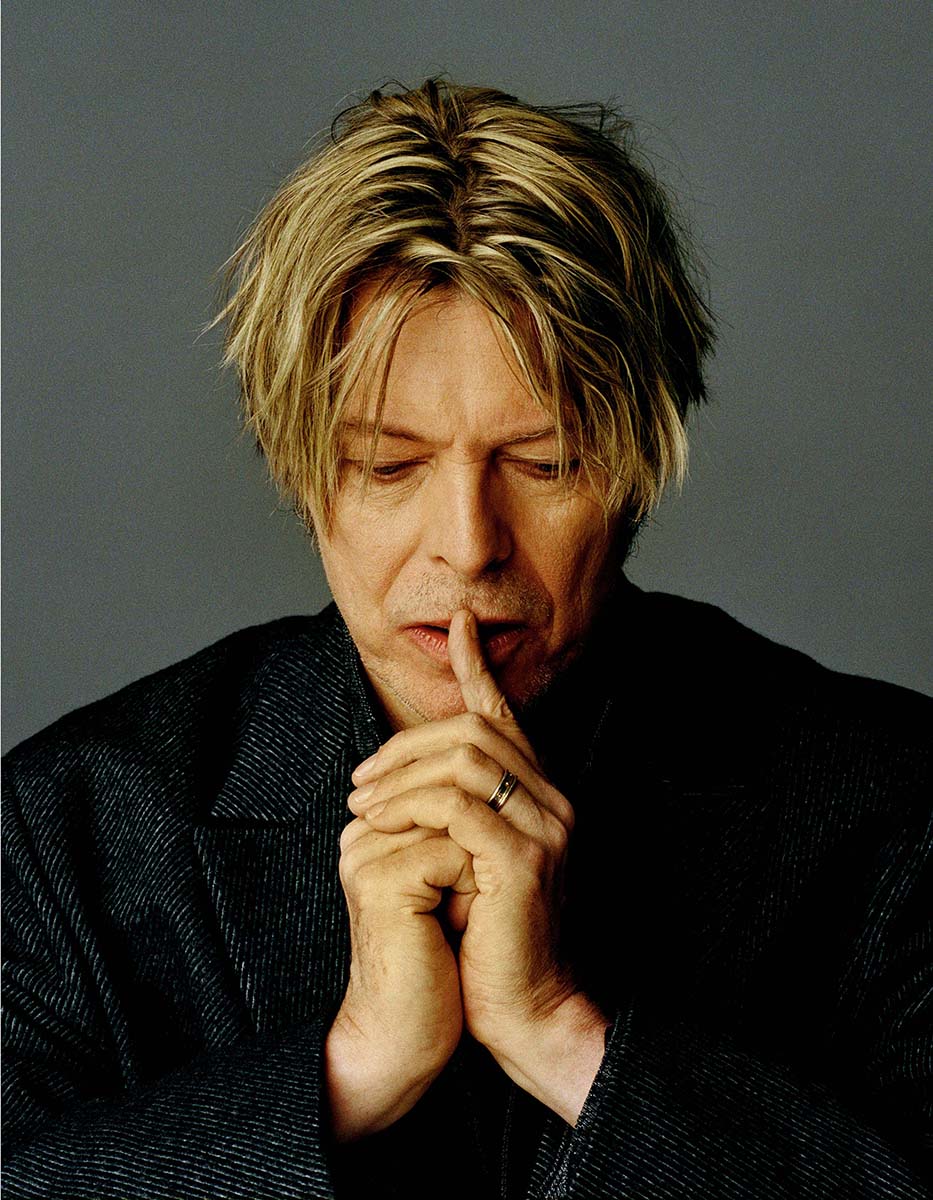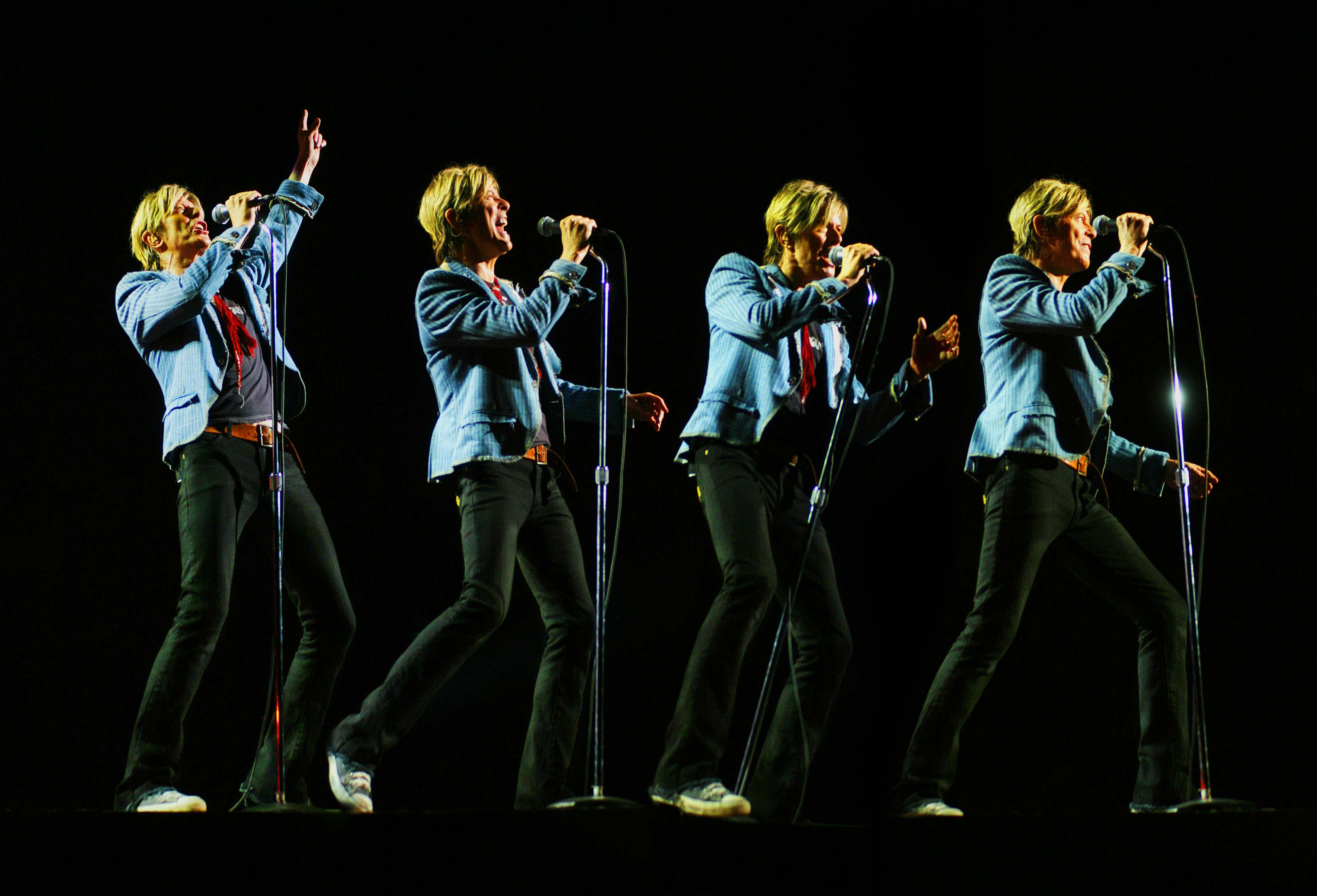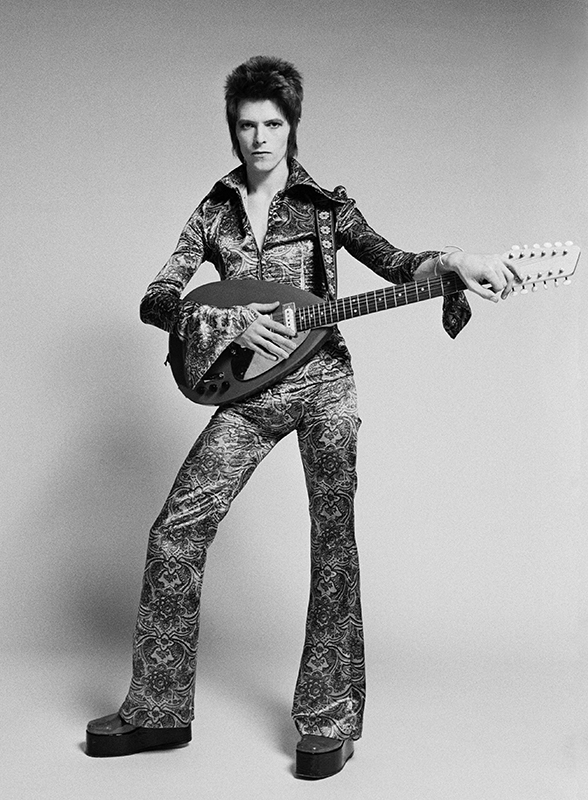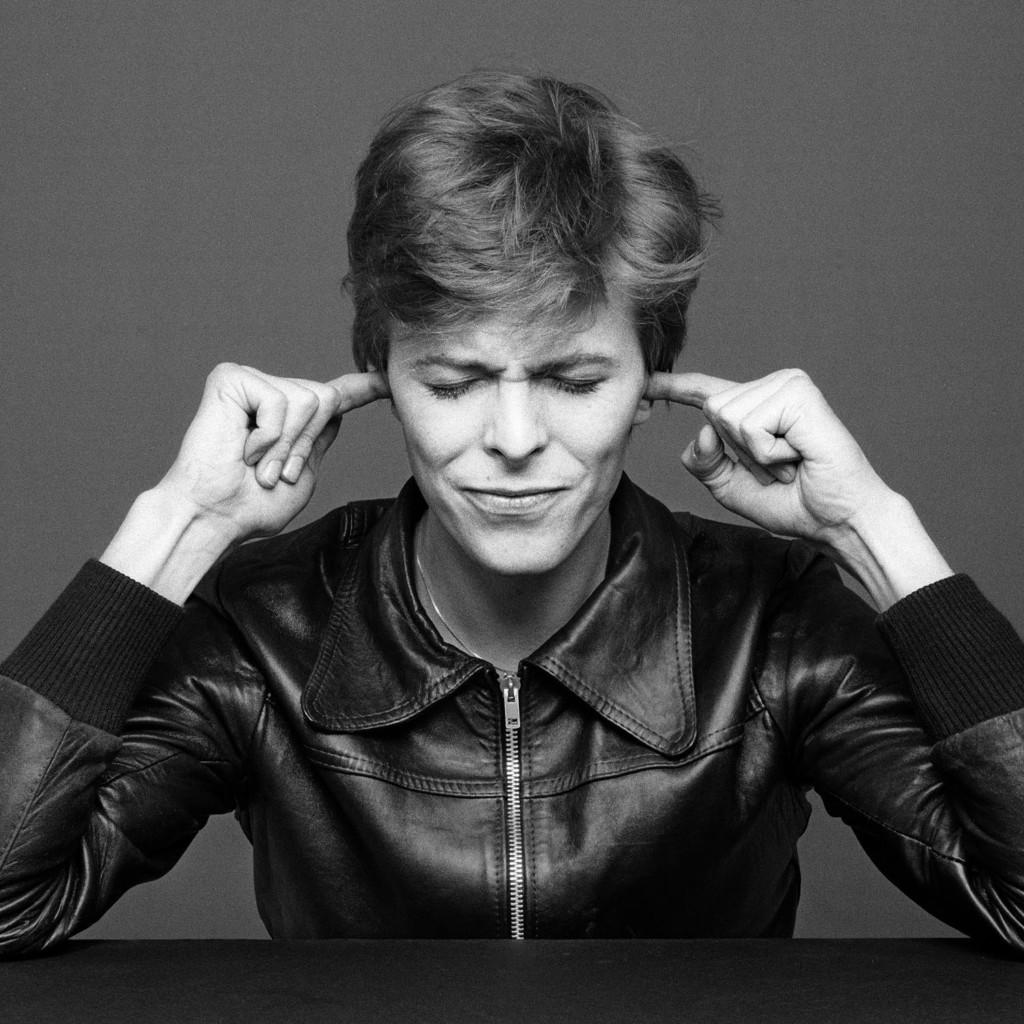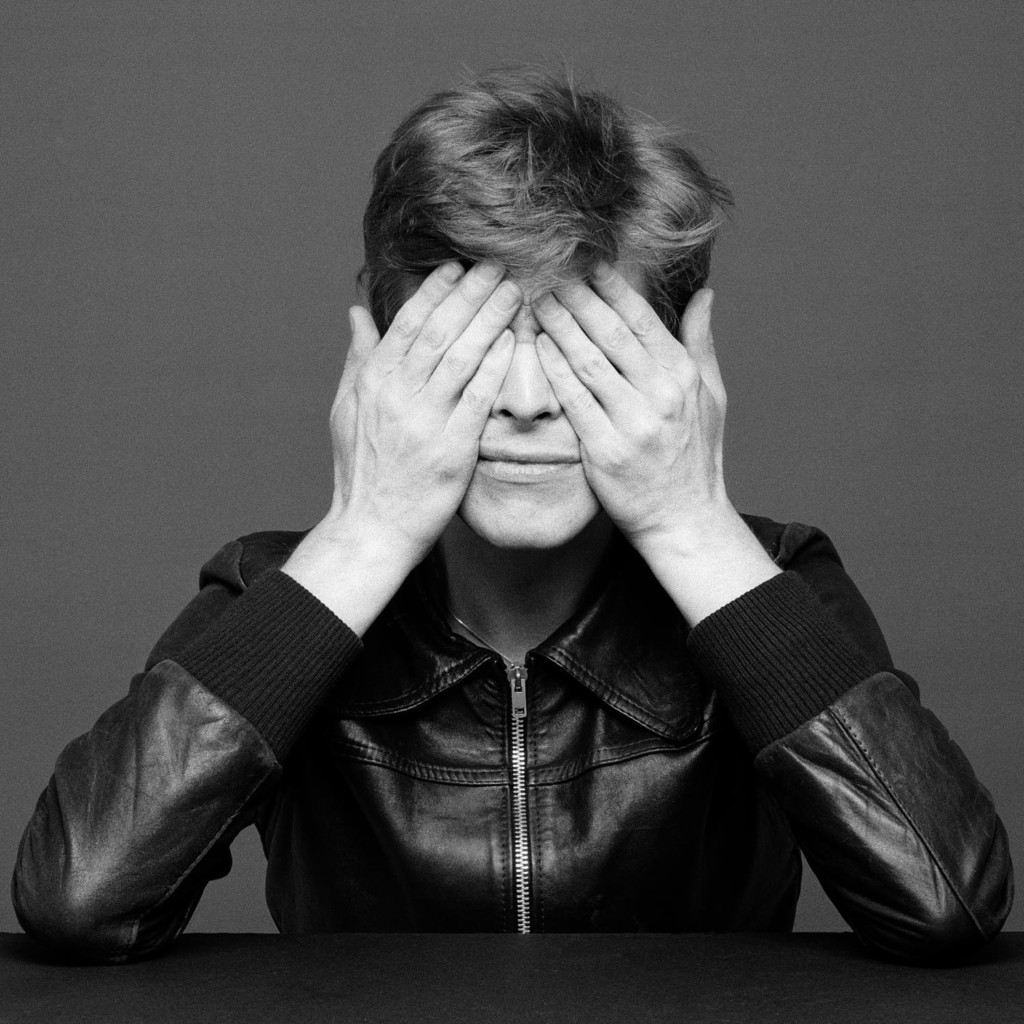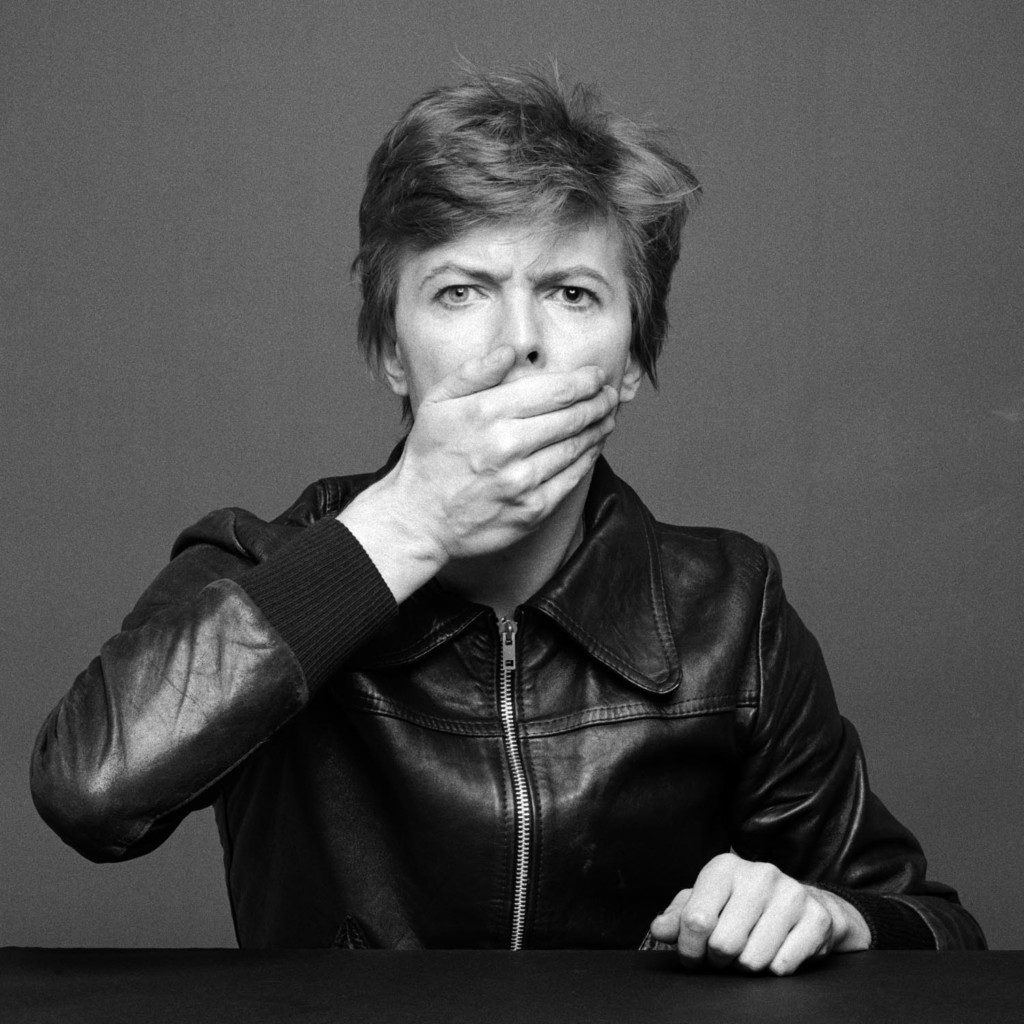1972
Masayoshi Sukita met David Bowie for the first time in London, in 1972.
Before having even heard his music, Sukita saw a striking poster of David Bowie promoting a concert and felt he had to go, purely on the strength of the poster. Sukita admired Bowie’s innovative performance style and related to his cinematic influences, and secured a meeting to present his portfolio to Bowie’s former manager. This was no mean feat, considering his English was very limited. The reaction was overwhelmingly positive, and a portrait session with Bowie was arranged. This photo-shoot, in the summer of 1972, began a 40-plus-year collaboration between the two artists.
For this shoot, Sukita rented the studio from a Japanese photographer called Hiroshi Yoda and they did the session a week before David’s show at The Rainbow Theatre. Immediately beforehand, Bowie had been at a shoot with David Bailey. The whole session lasted just two hours. Some photographs from the shoot were featured in a popular Japanese fashion magazine, an-an, receiving a great deal of response from the readers.
Sukita-san’s limited edition photographs of David Bowie are available to purchase in a number of size options. You can see price and size options when you select an image or click on the ‘Buy This’ button under each image.
The photograph below, Our True Story Began at the Rainbow Theatre, has special significance for Sukita because it was chosen by David Bowie to blow up to a very large size and display in the foyer of the Rainbow Theatre for his concerts there on 19 and 20 August 1972. As Sukita explains: “I was very pleased about it. It proved that David-san really did like my work, and that was very important to me.”
1973
David Bowie – dressed by Yamamoto, styled by Takahashi, photographed by Sukita.
Some of the most well-known and most popular photographs of David Bowie we offer at the gallery are those taken by Masayoshi Sukita in February 1973, and which are referred to as the Watch That Man series. These show David Bowie transformed into a space Samurai with a black, red and blue outfit adapting the aesthetics of the Hakama – a type of baggy and unstructured trouser worn by Samurai.
You might be forgiven for assuming that these were taken in Japan, given that Sukita-san and the stylist, Yasuko Takahashi, lived in Tokyo and that Bowie-San is wearing an incredible costume by Japanese designer Kansai Yamamoto—but no—the session took place in New York.
Yasuko ‘Yacco’ Takahashi was the first professional stylist to work in Japan, operating from Tokyo’s Central Apartments complex—housing many of the major names in 1970s Japanese creative industries—fashion, design, music, photography and advertising. Masayoshi Sukita had an office in Central Apartments and worked with Yacco.
Some of the photographs in the Watch That Man series are approaching the end of their editions.
“A few days before the show at Radio City Music Hall, Bowie did a photo session, a rehearsal and an interview at RCA Studio. He went on to do another rehearsal at Radio City Music Hall. Yacco-San was working as the stylist, running here and there with costumes by Kansai Yamamoto that she’d brought over from Japan. They looked marvellous”
-Masayoshi Sukita
“My first Japanese tour and what a mad scene that turned out to be. I got carried away enough to perform an impromptu strip and gave my best shot as a 120lb sumo wrestler.”
– David Bowie
1977
Masayoshi Sukita photographed David Bowie and Iggy Pop in what proved to be a pivotal year in both their careers.
Iggy Pop had released his debut album The Idiot in March 1977, with David Bowie in the producer’s chair, and the following month, both artists visited Tokyo to promote the album.
What a time to have been a fly on the wall. Even better to have been in the soup. Masayoshi Sukita, who by then had been working with David Bowie for almost five years, photographed them on their trip: at the airport, at press conferences and in their hotel rooms.
Photographs from trip would be used on the front cover of David Bowie’s “Heroes” album, released in October of that year, and on the front cover of Iggy Pop’s Party album, released a few years later.
“Rather than sending everything from a shoot, I always selected photographs by myself first, and David understood and respected that this was ‘my way’. So after they left Japan, I selected and printed around ten or so photographs that I liked. I sent them to David. Months later, he asked me if I was happy if one of them was used for cover of his upcoming album. It so happened that the one which both I and David liked the most was used as the “Heroes” album cover image.”
-Masayoshi Sukita
“I think they found something in each other that they didn’t have themselves. David found wildness in Iggy, Iggy found intelligence in David. It always seemed to me that this was the reason they worked very well with each other. They always looked like they had a great relationship.”
Masayoshi Sukita
1978
1980
Kyoto was David Bowie’s favourite city in Japan, one he visited several times during his lifetime.
During one such trip in 1980, Sukita took the opportunity to photograph him on the subway — images in which Bowie looks both otherworldly and strangely at home (his fellow Japanese passengers share his lean look and high cheekbones).
Sukita-san explains, “Every time Bowie comes to Japan, he calls me and says, “I am here. Let’s do a photo session.” Bowie has always loved Eastern culture and he loves Kyoto, the traditional town in Japan. Since I was young, I have always been into Western culture and Bowie is so into Eastern culture, so that’s the bond or relationship we have.”


